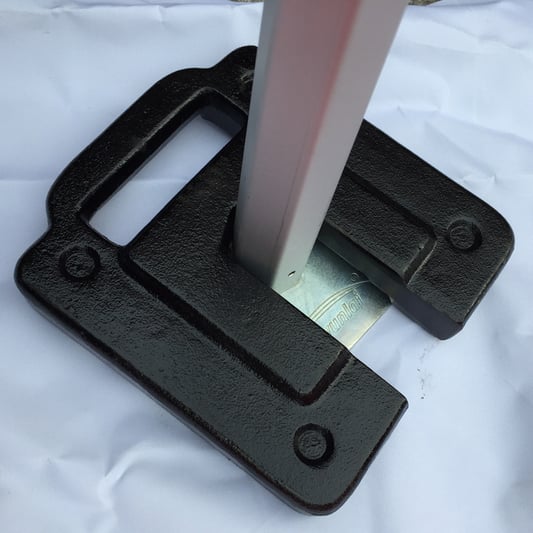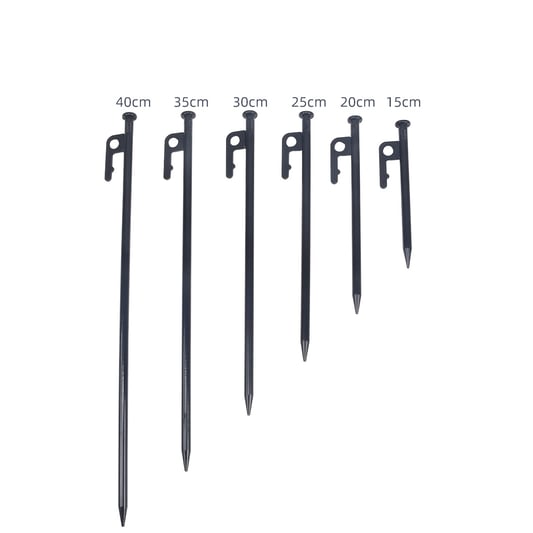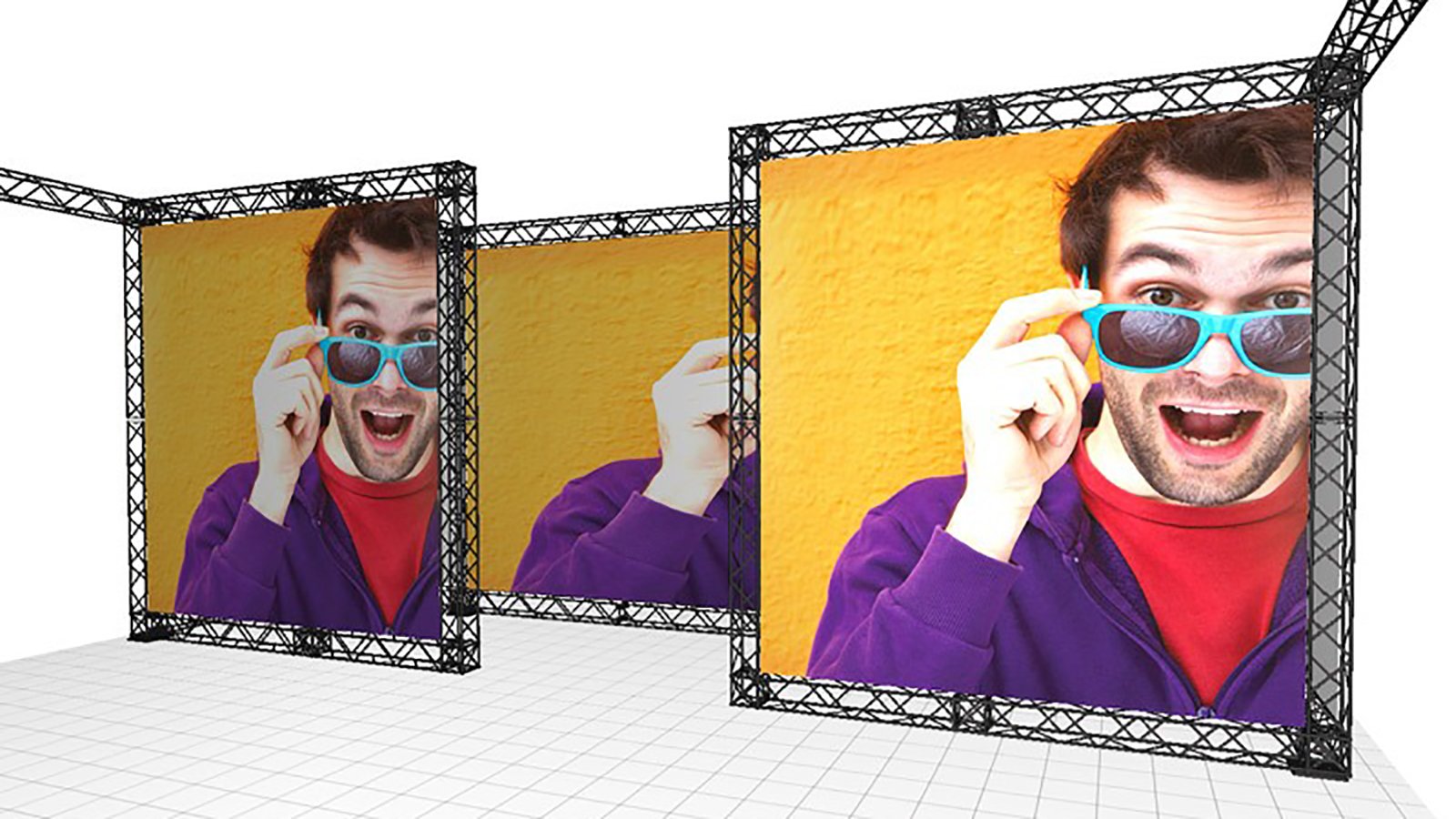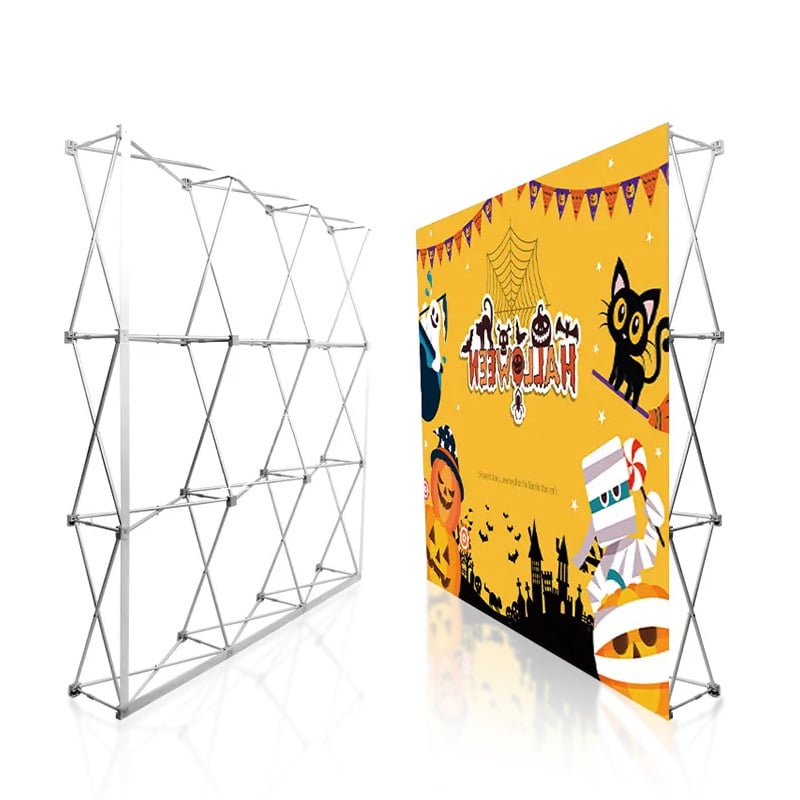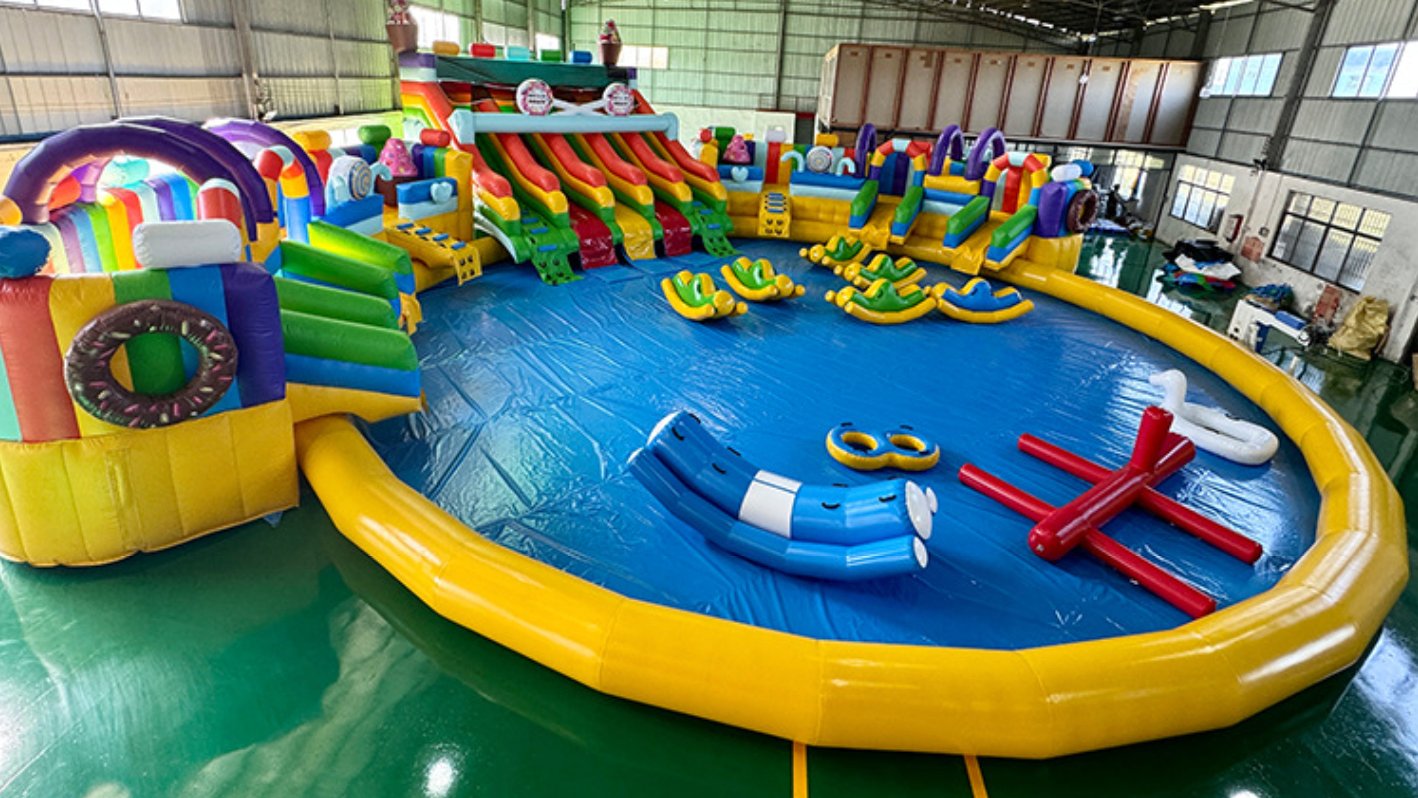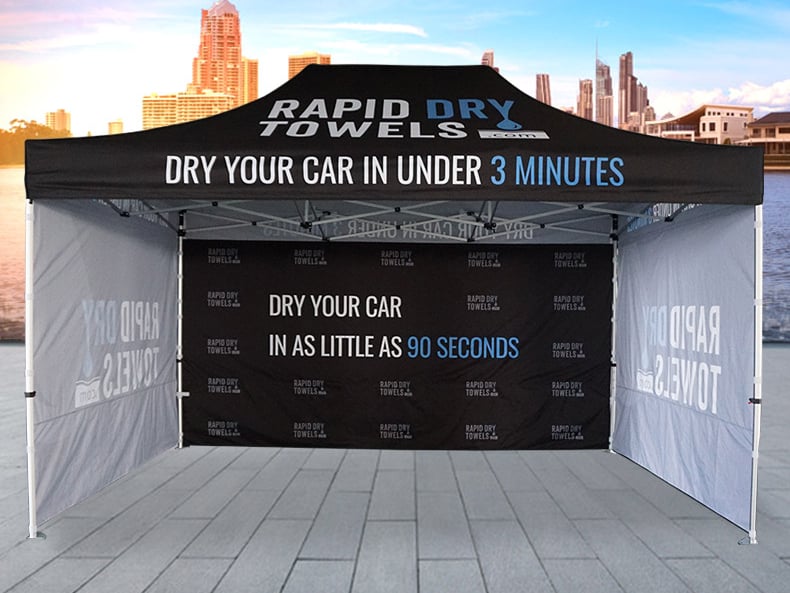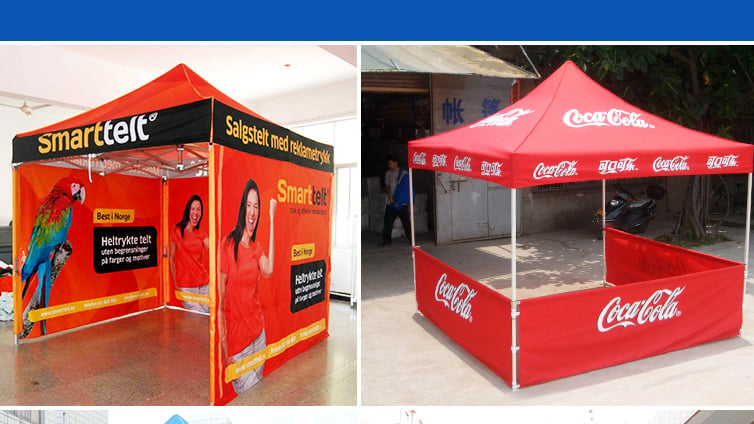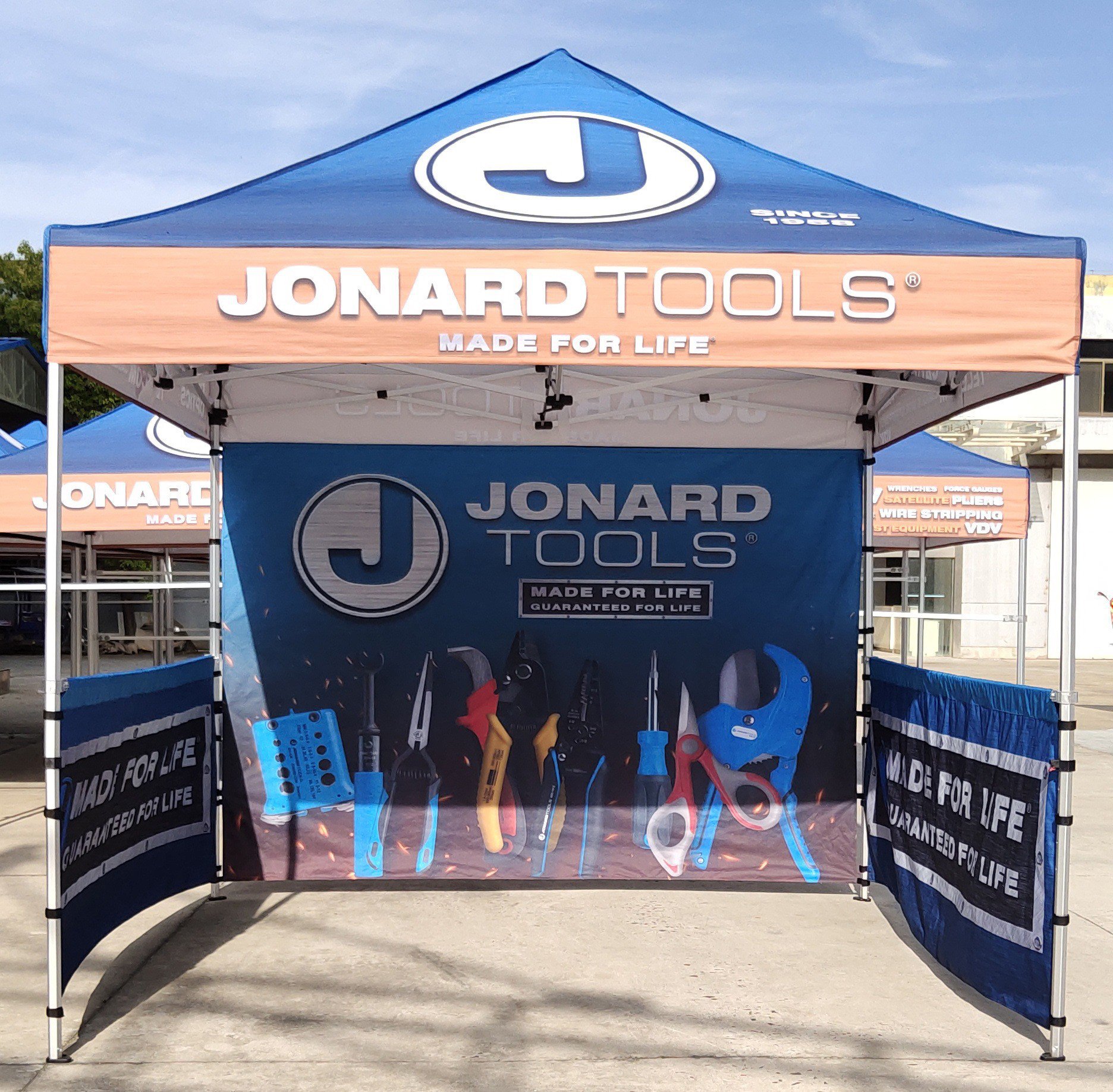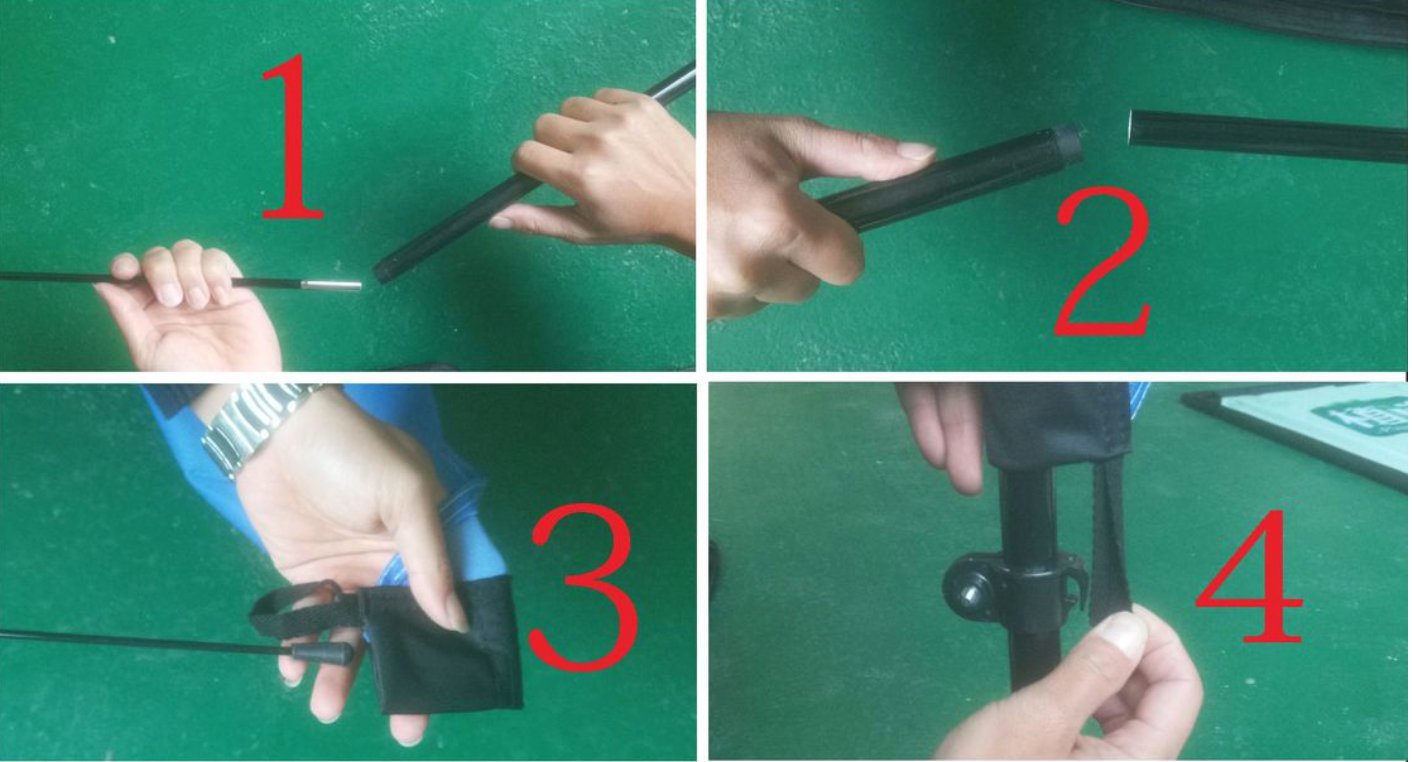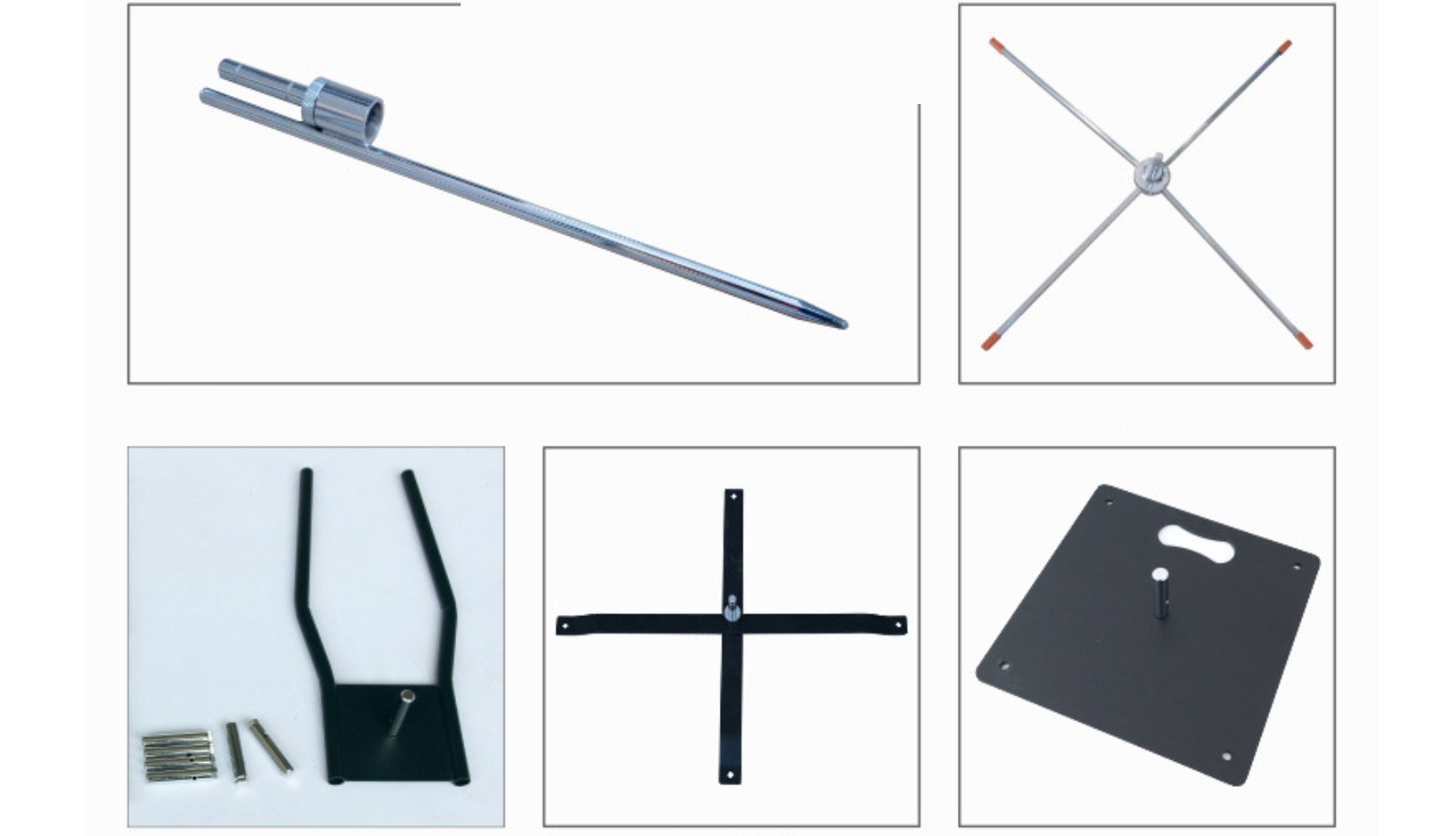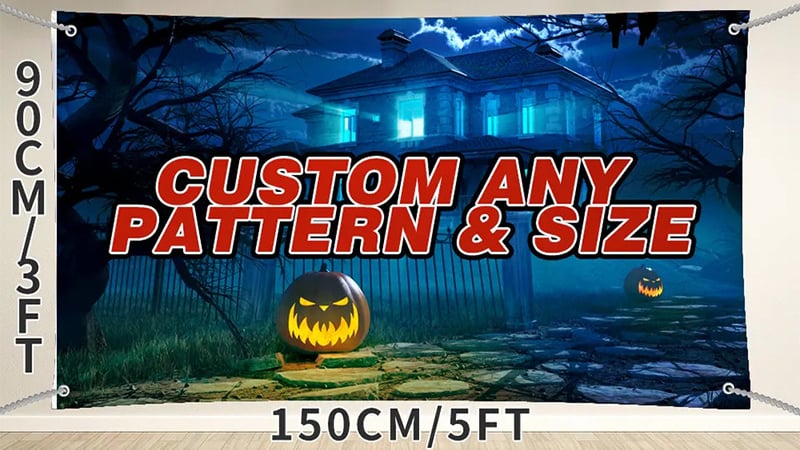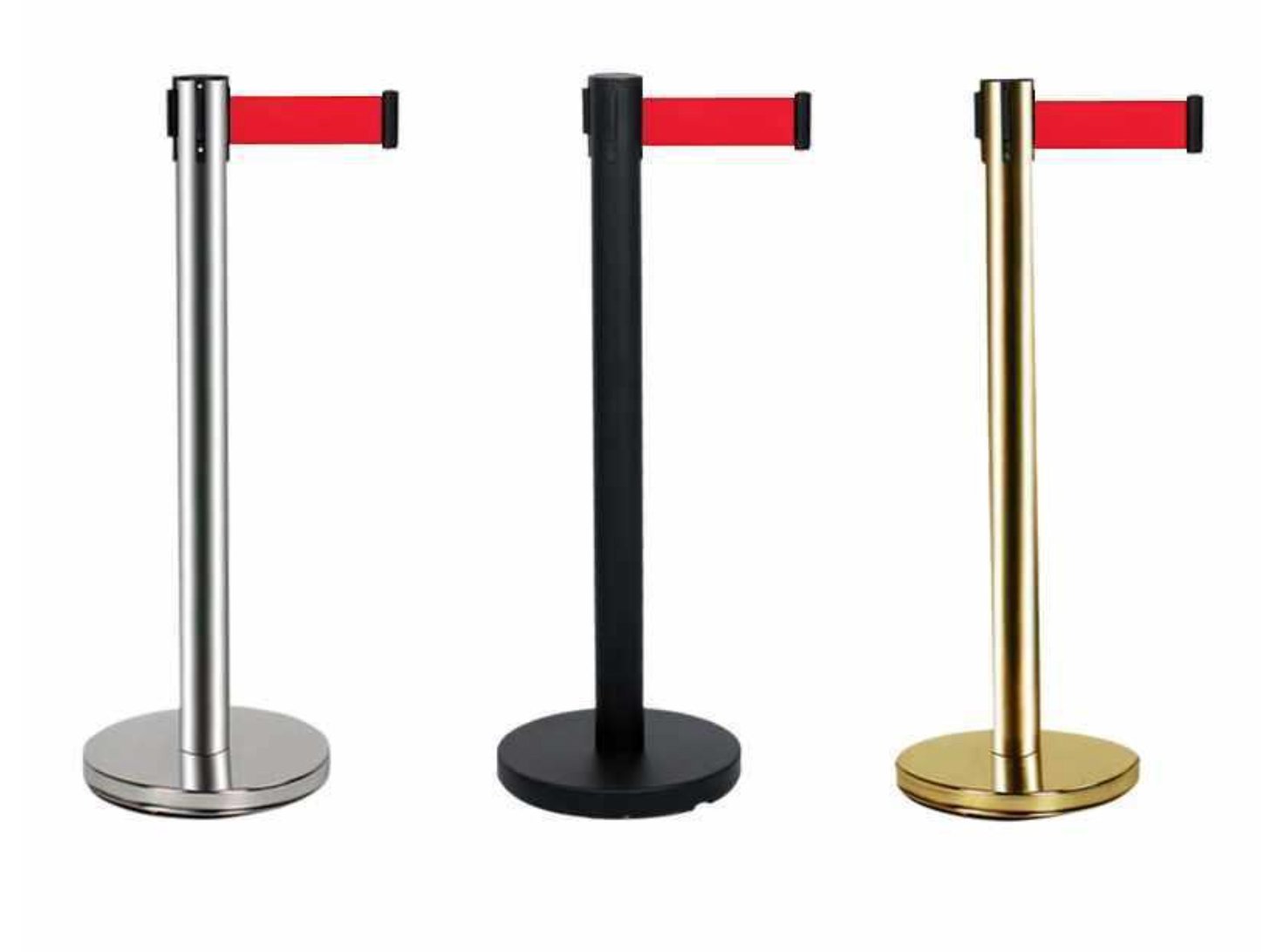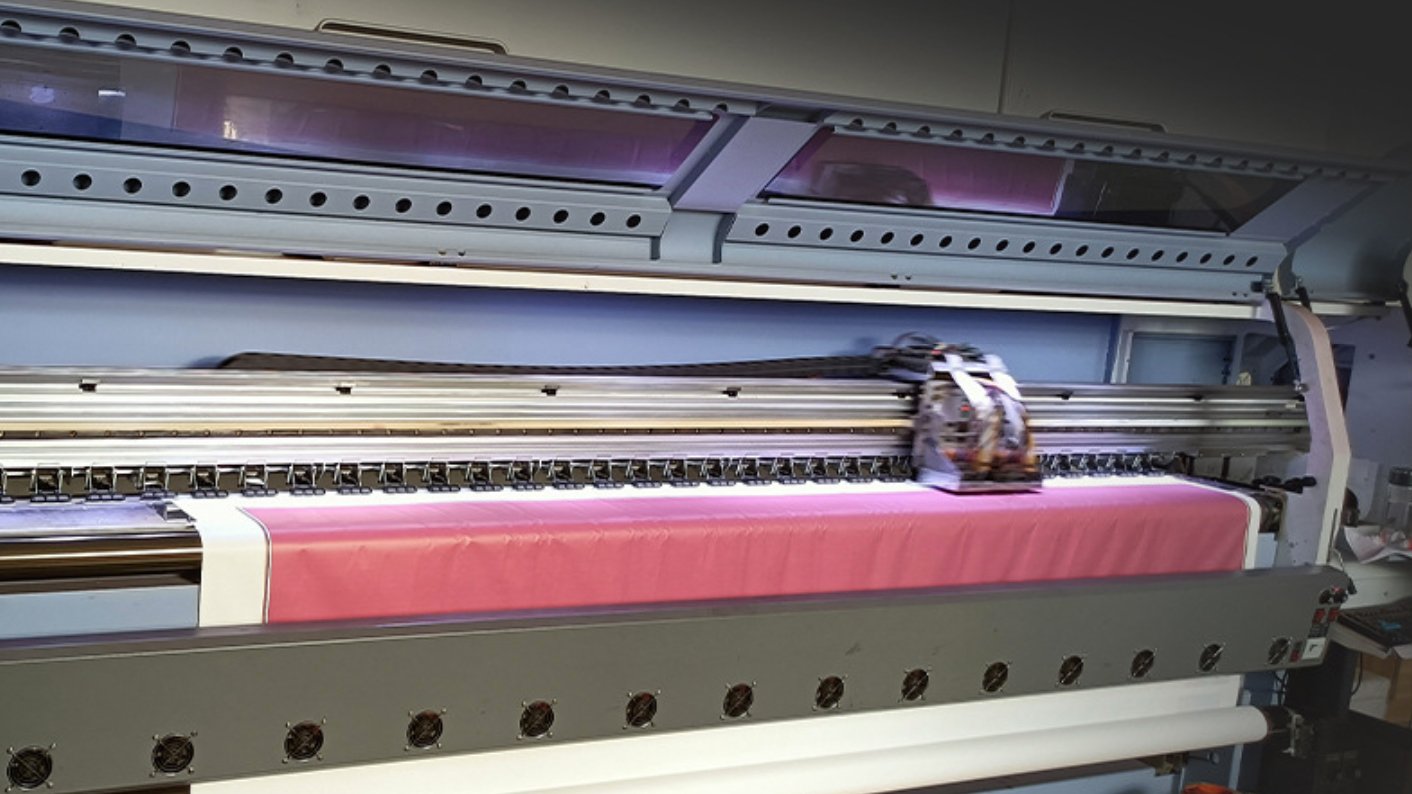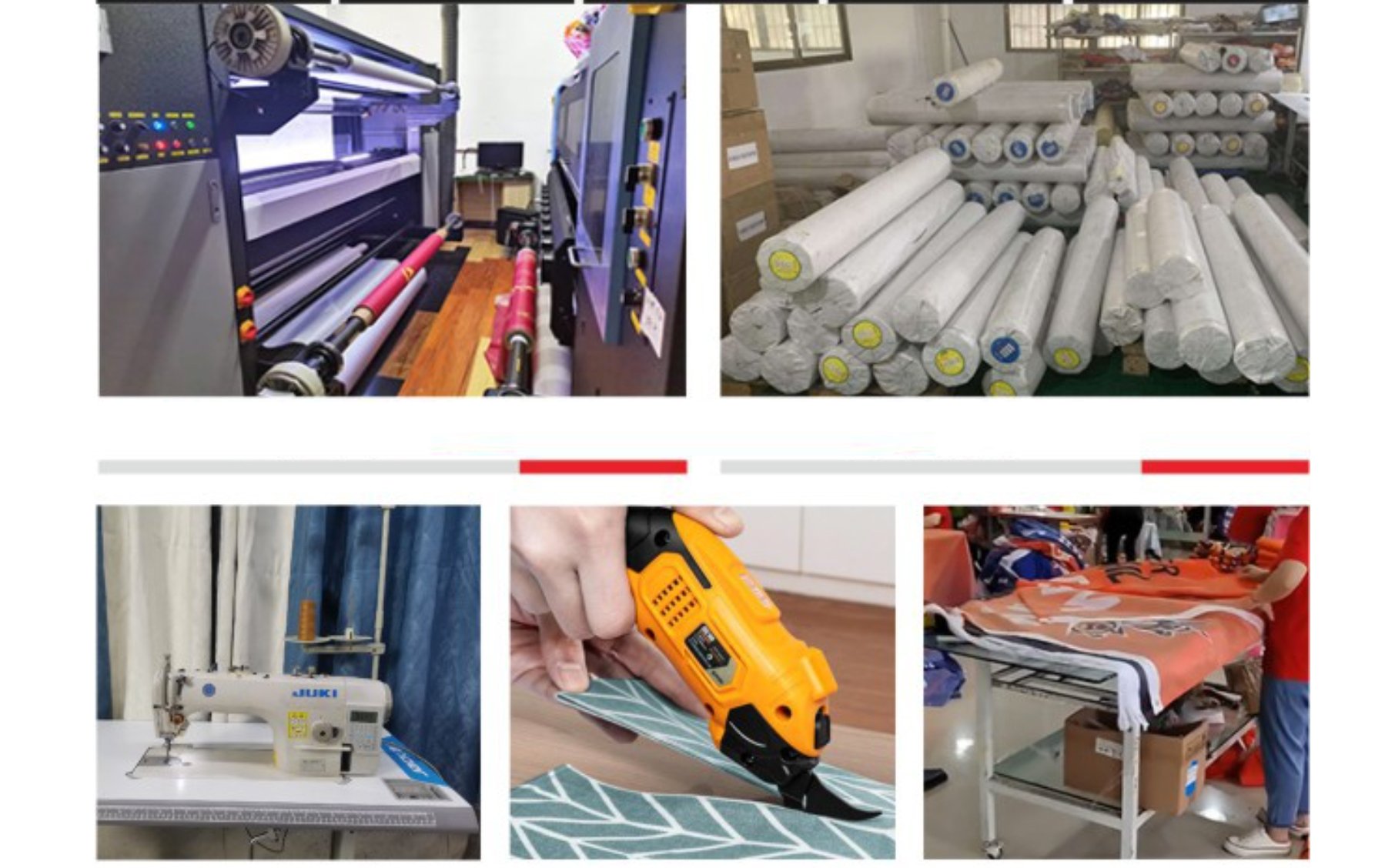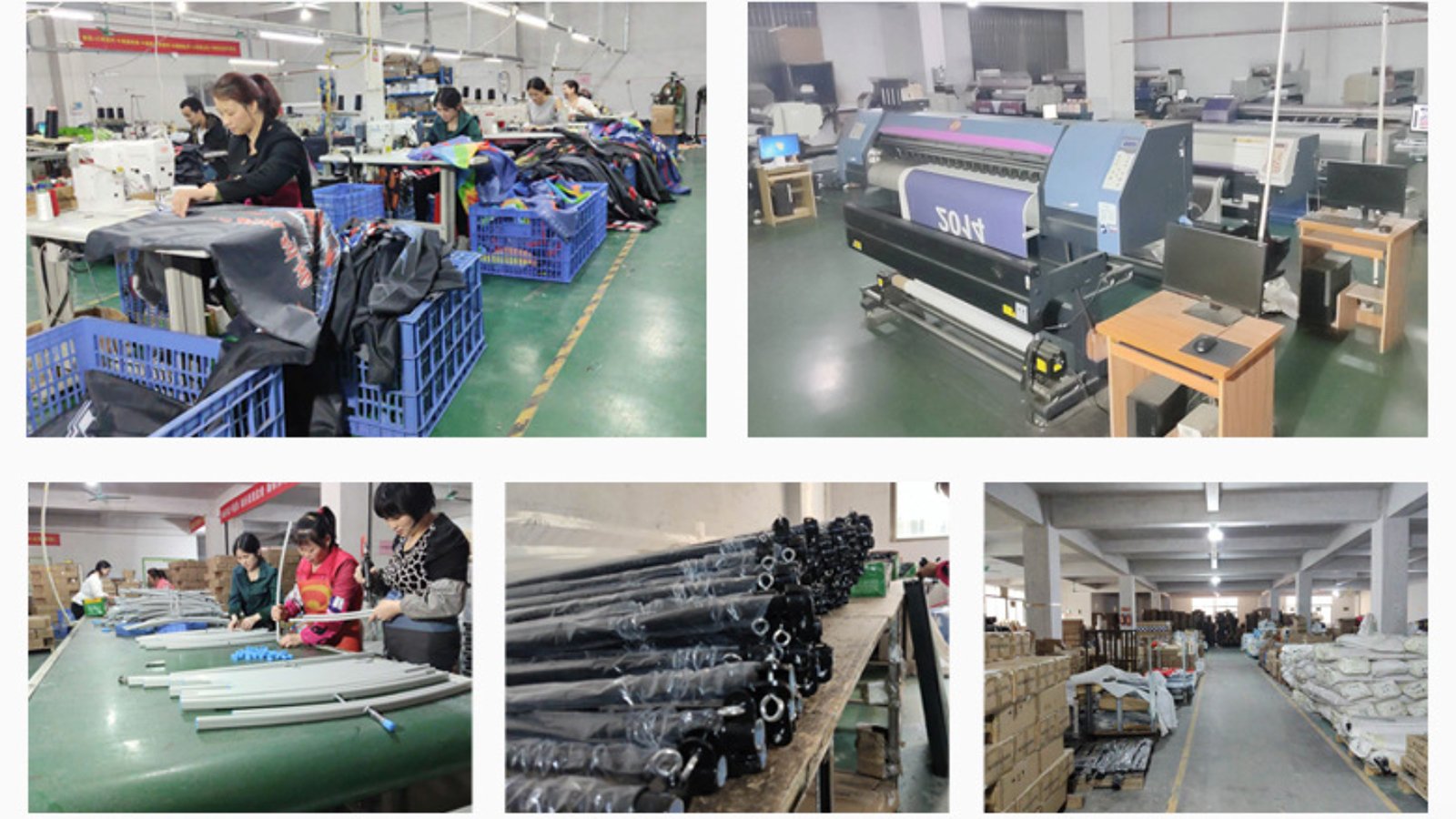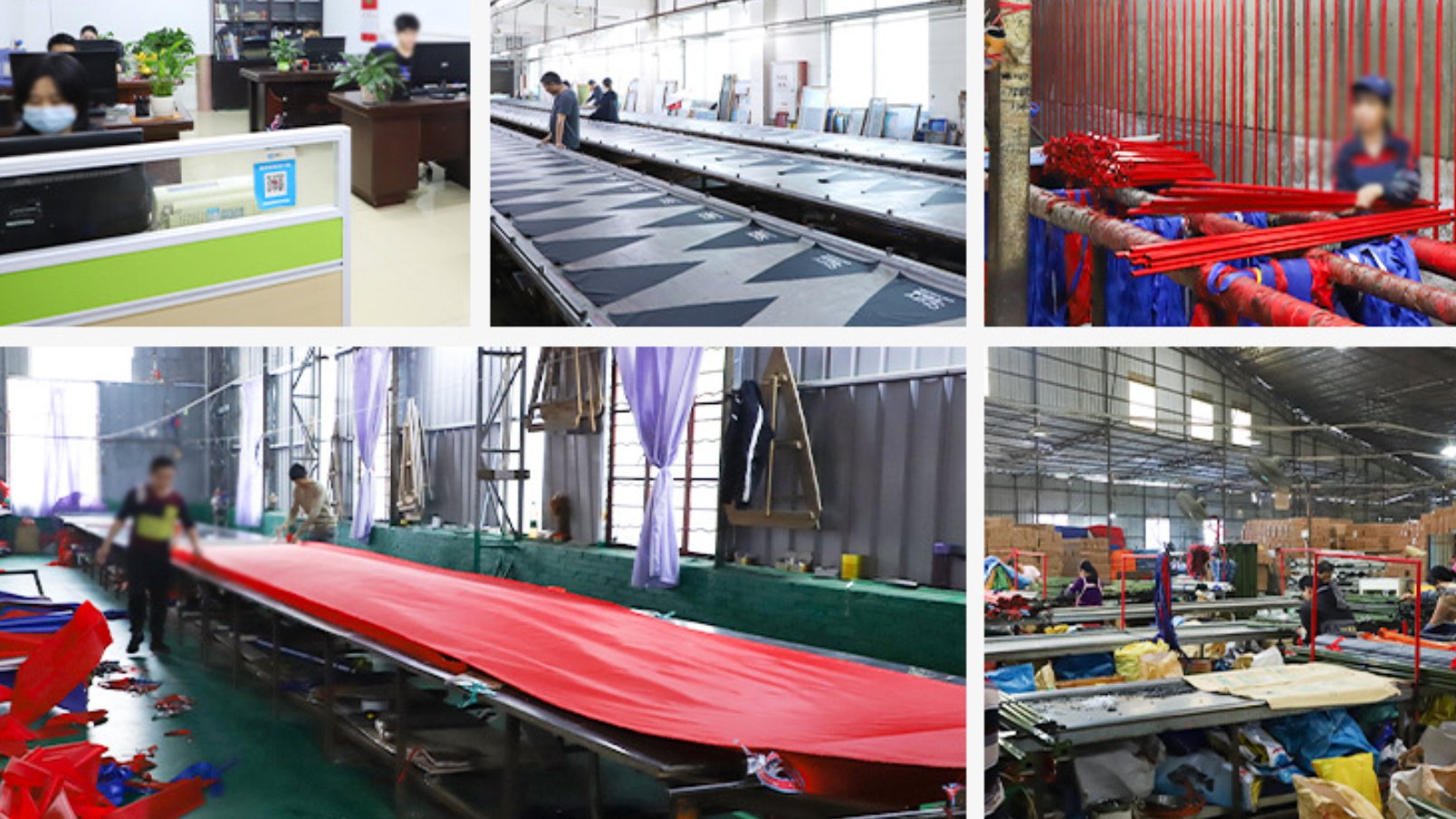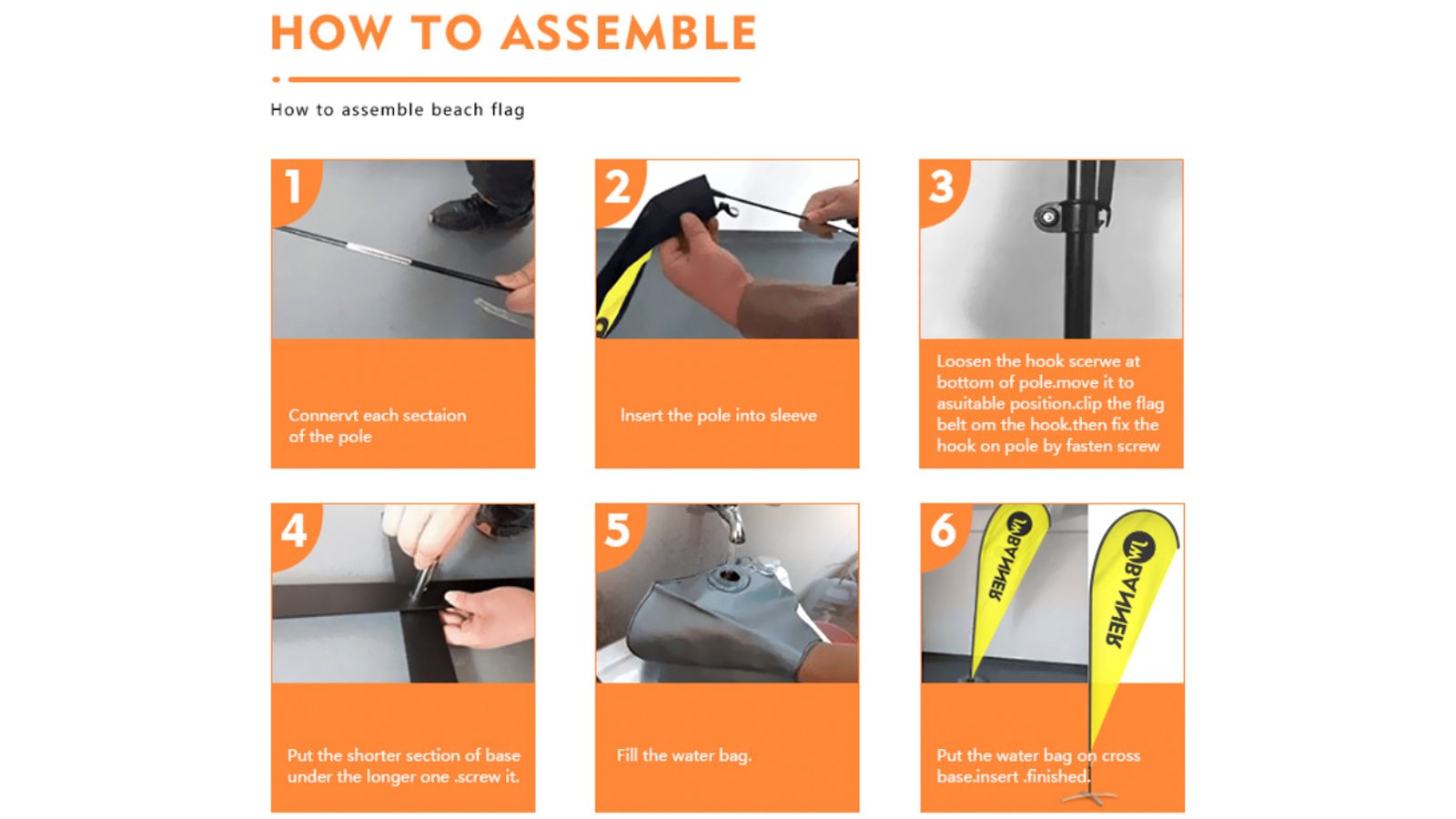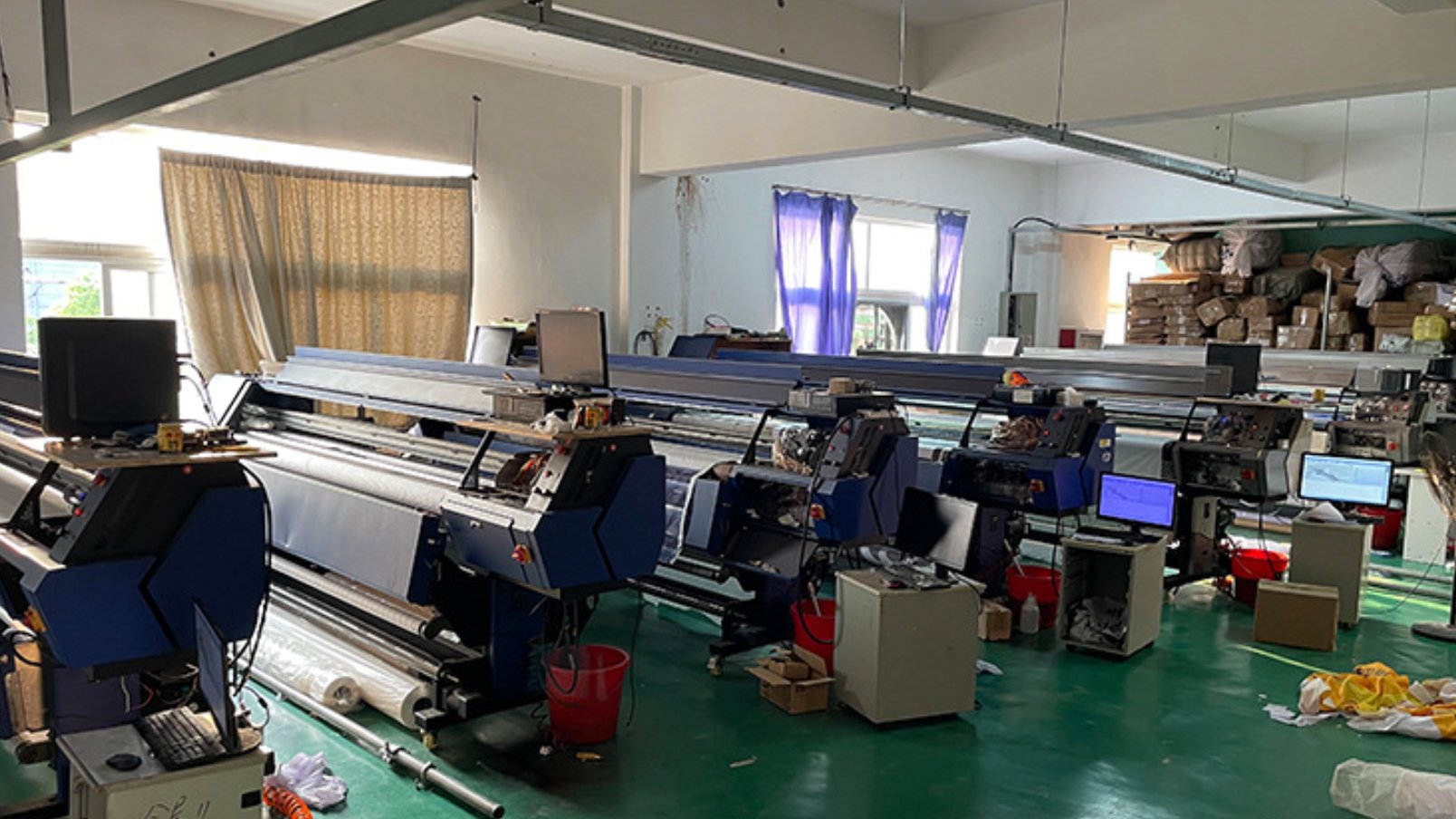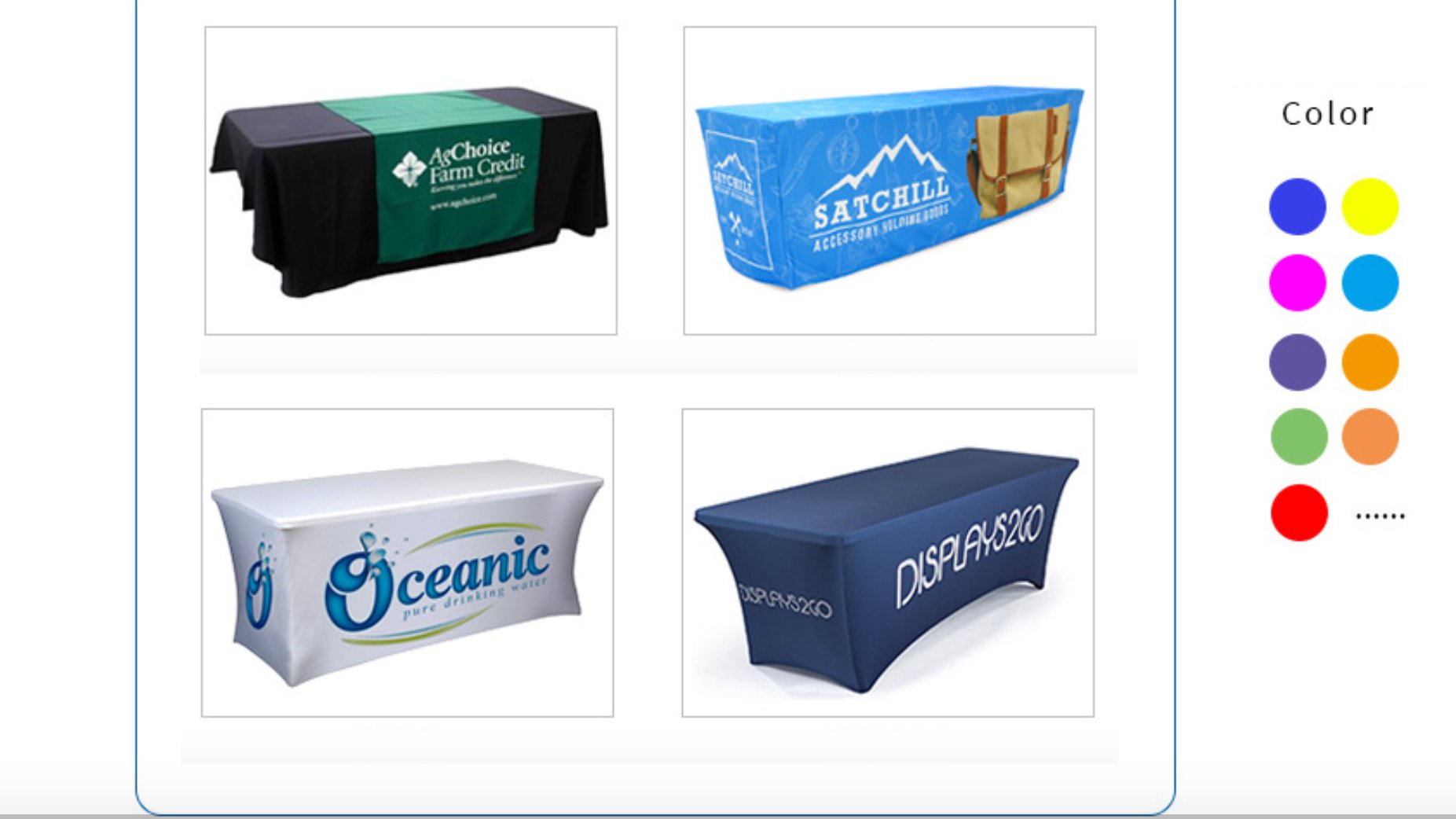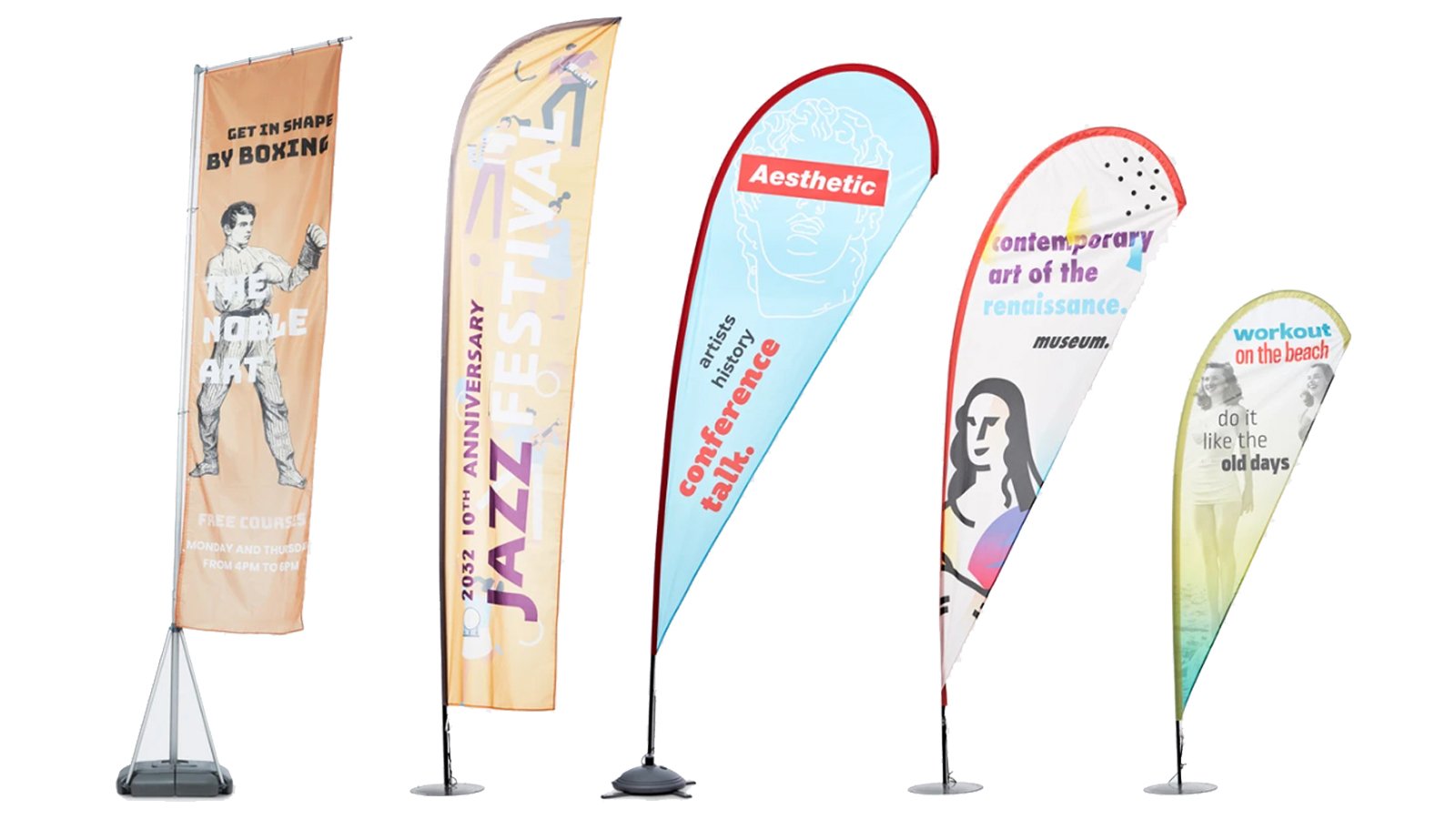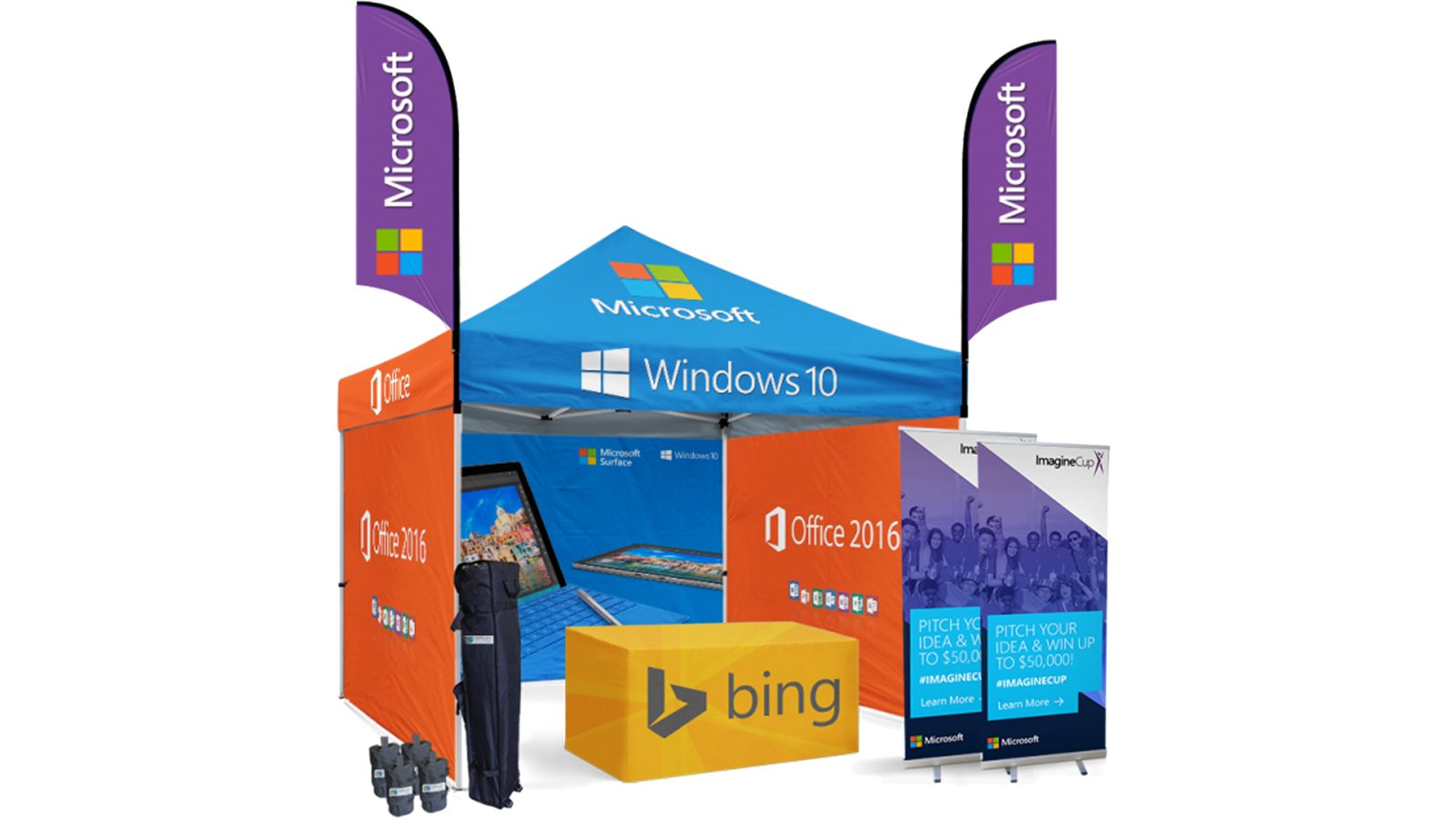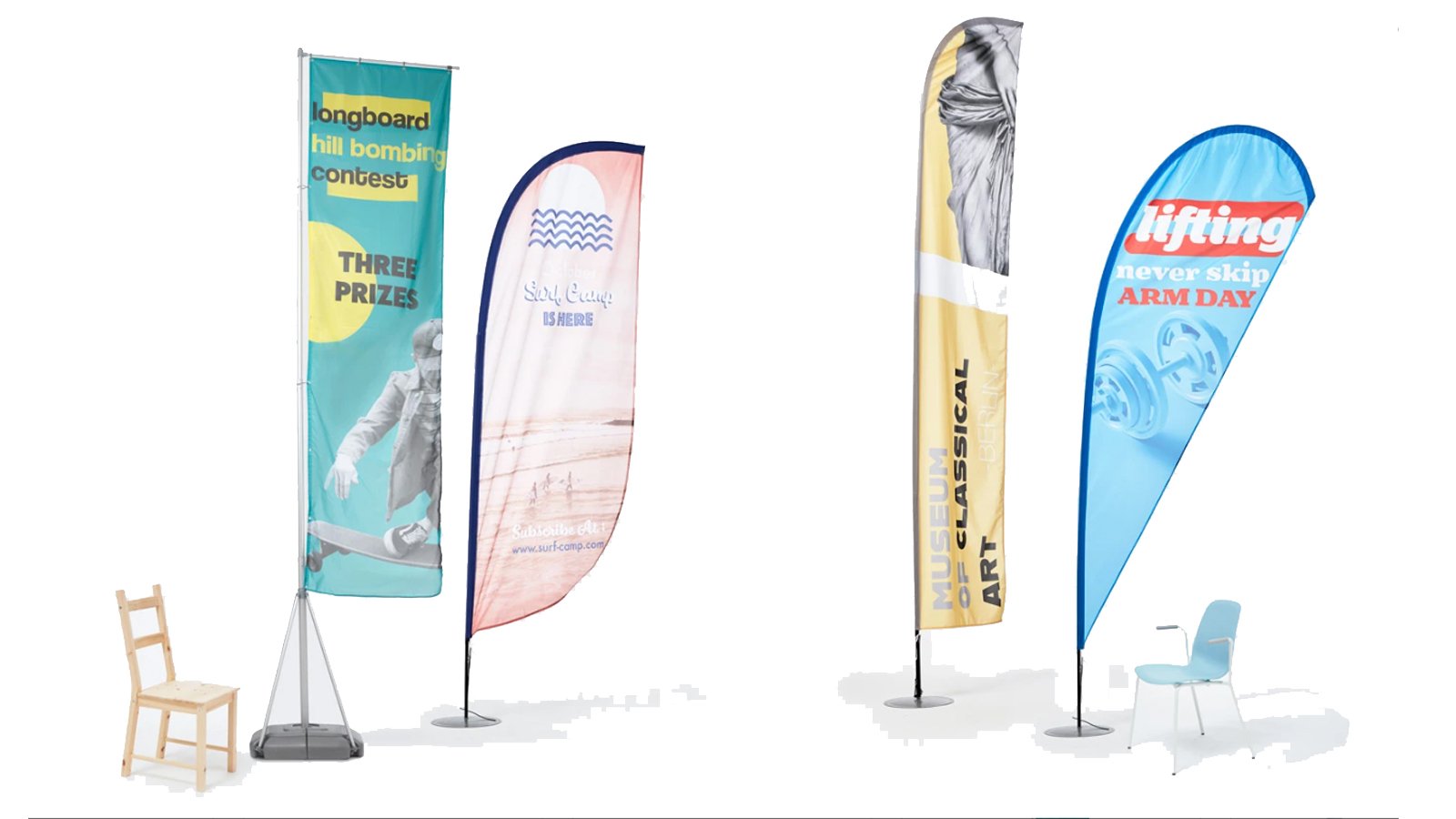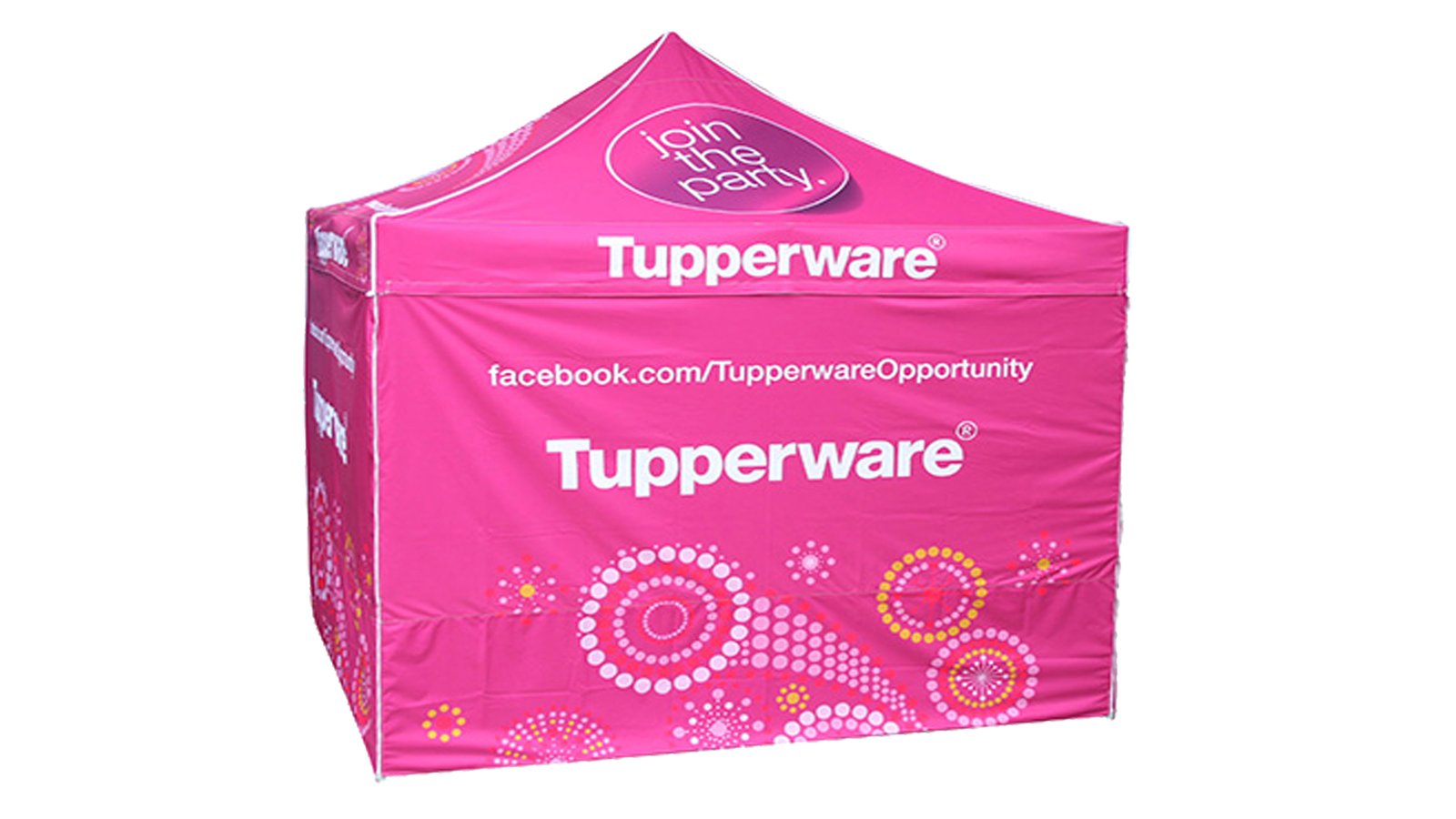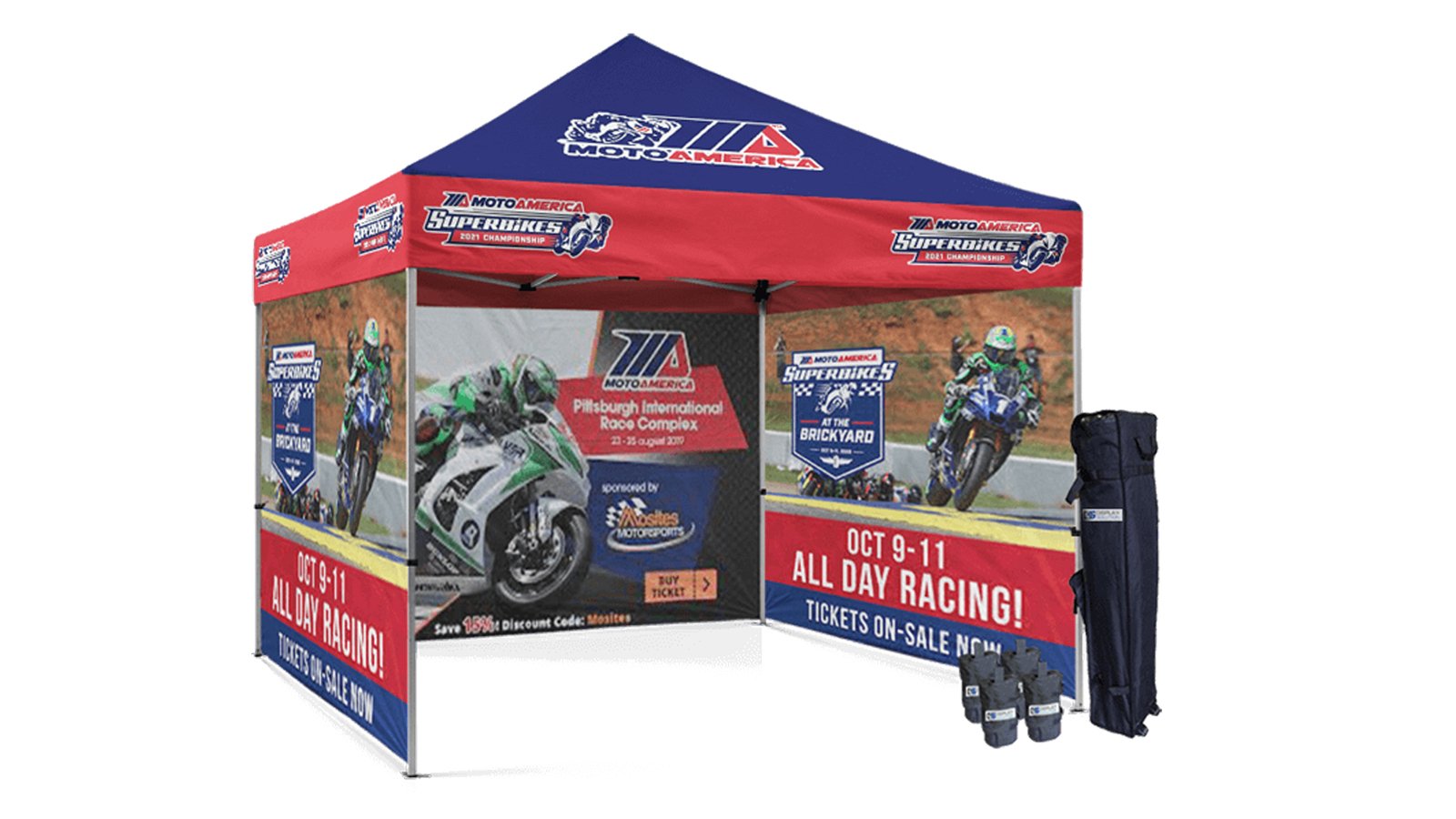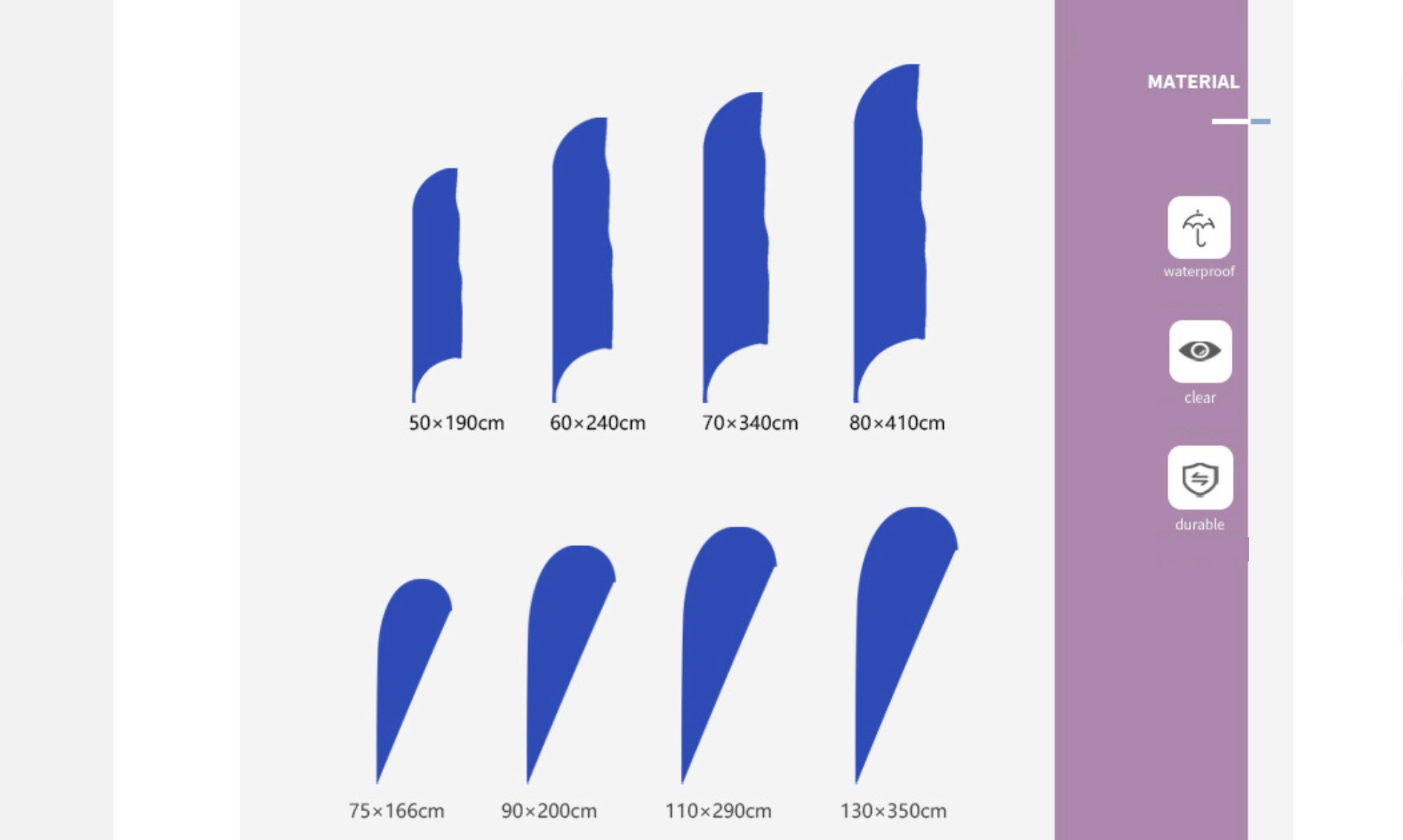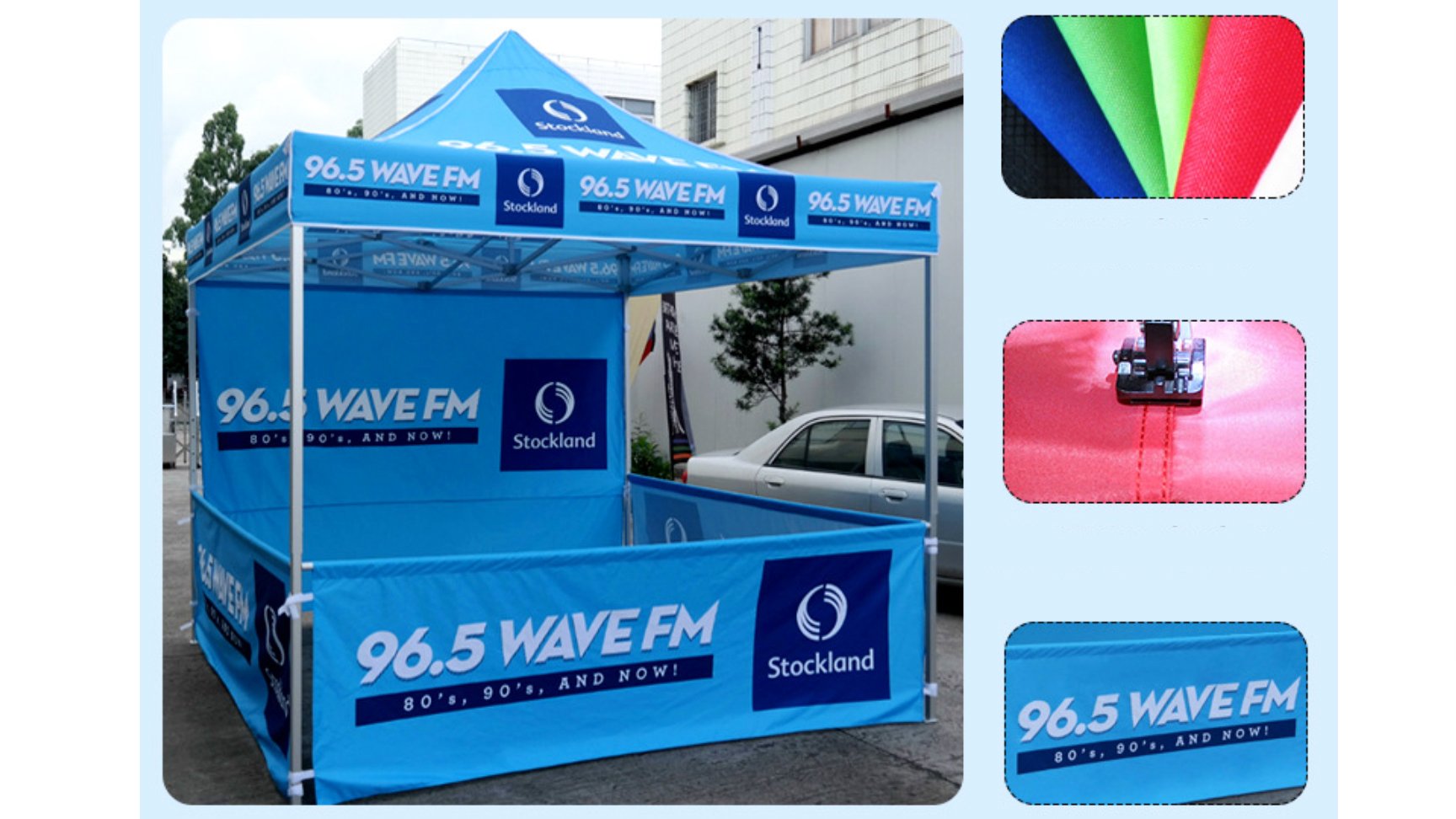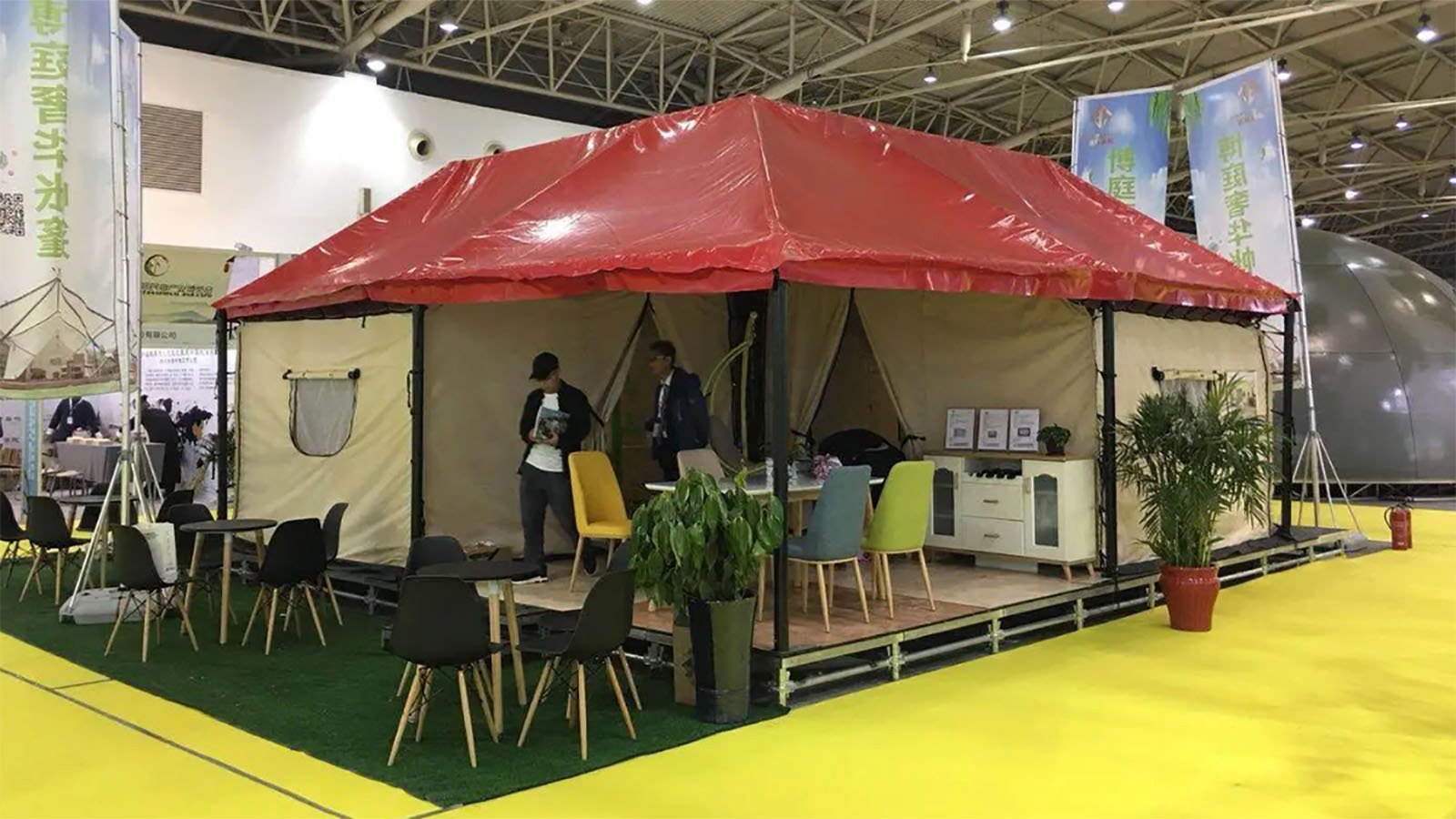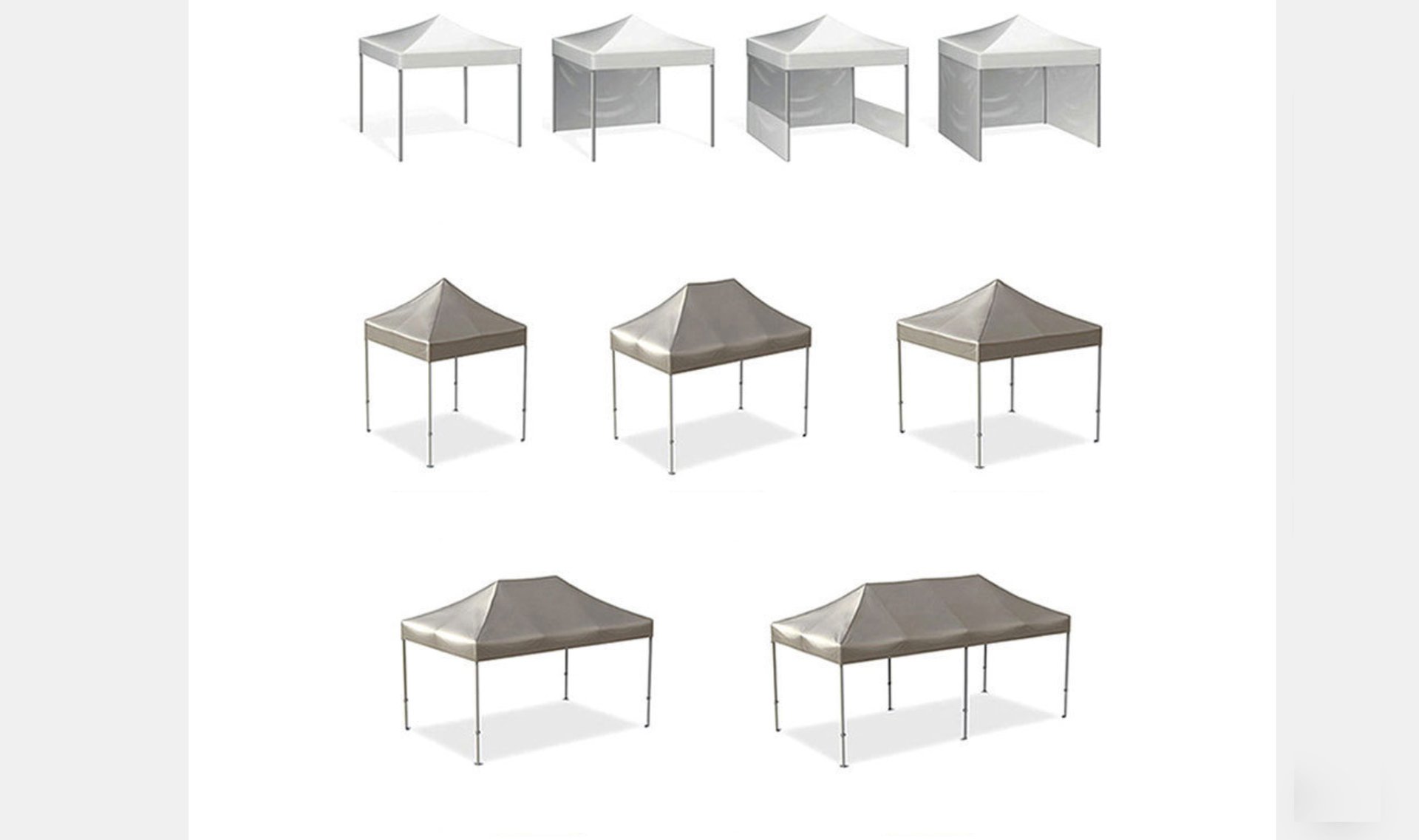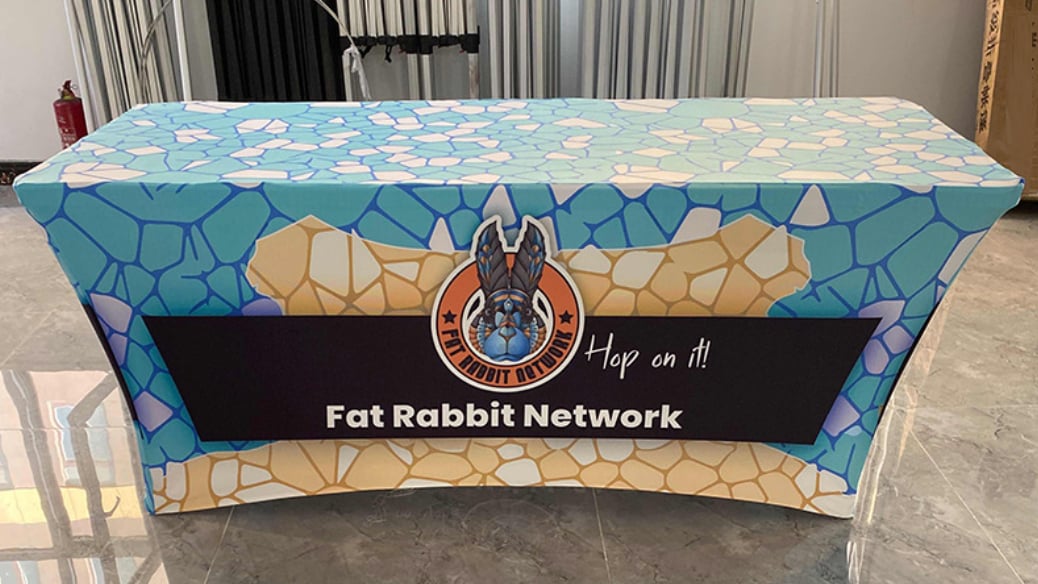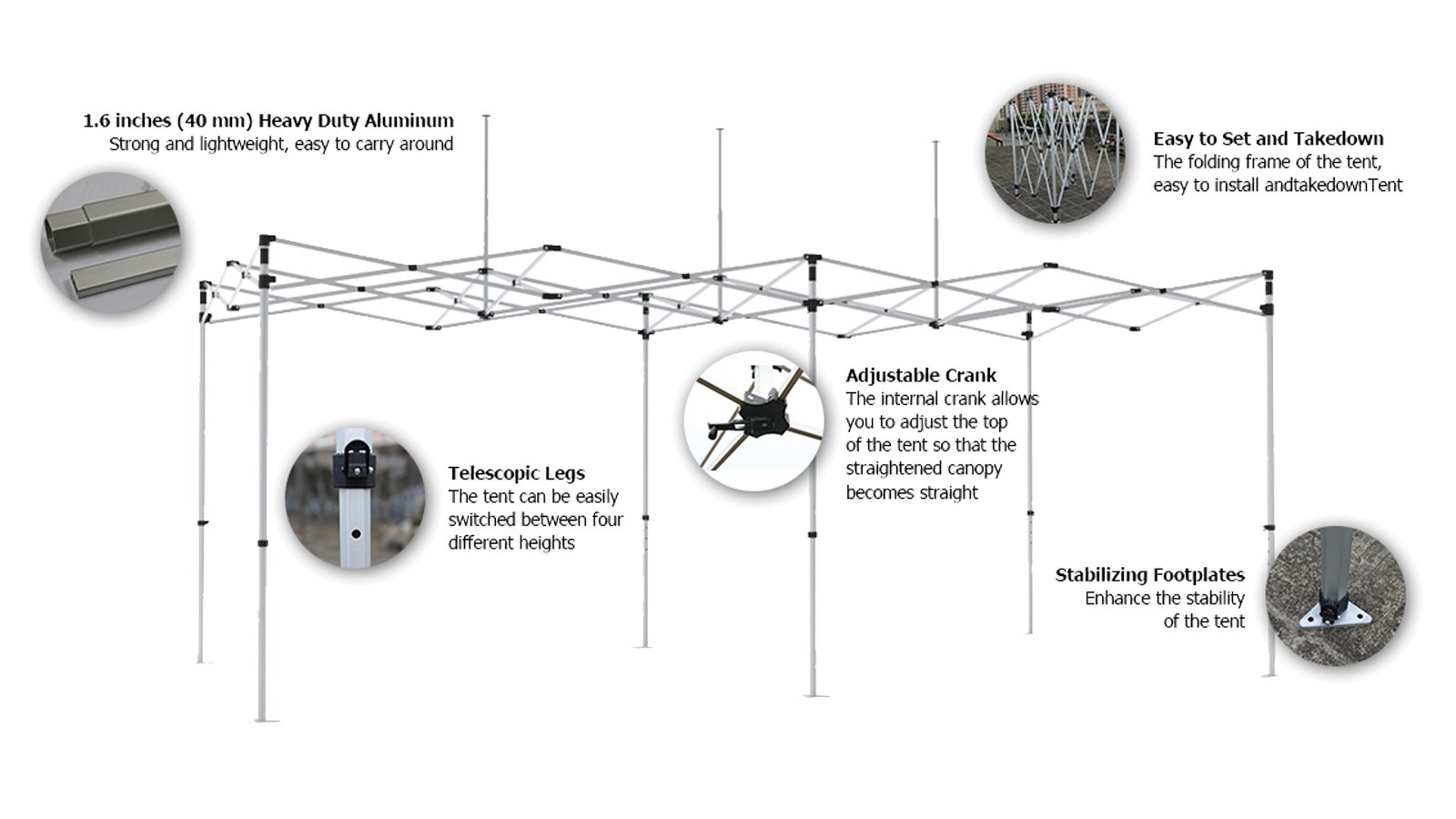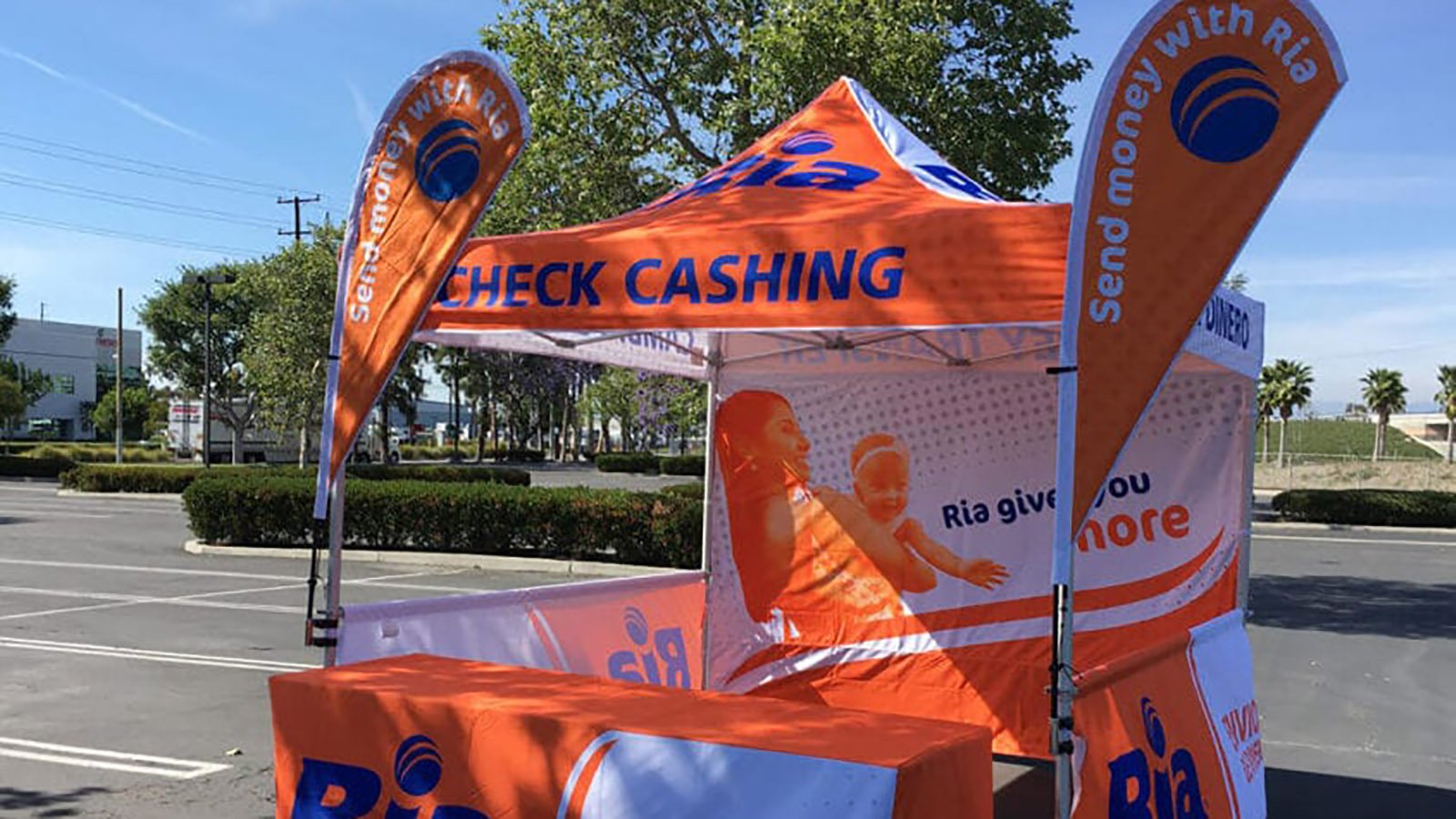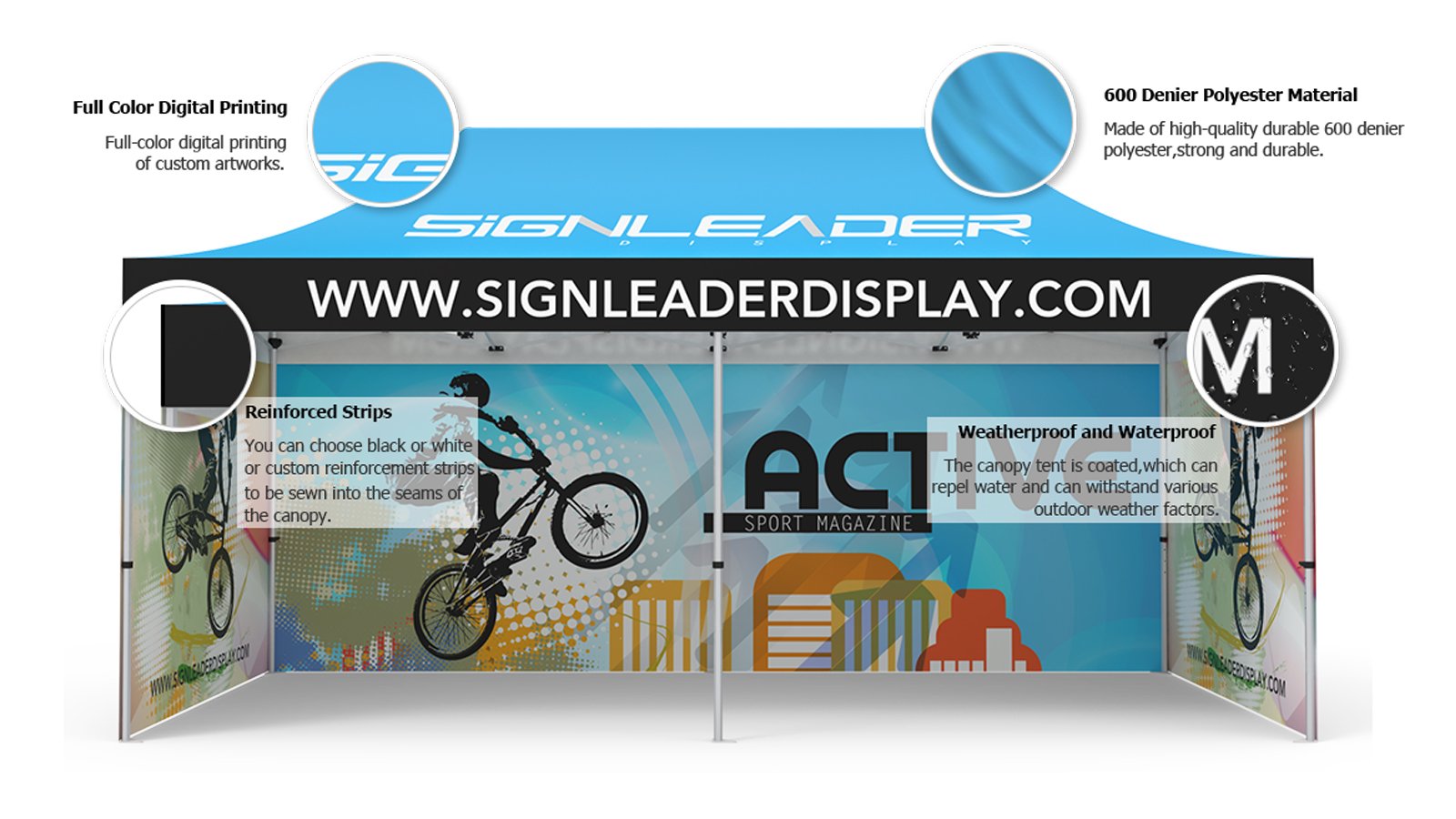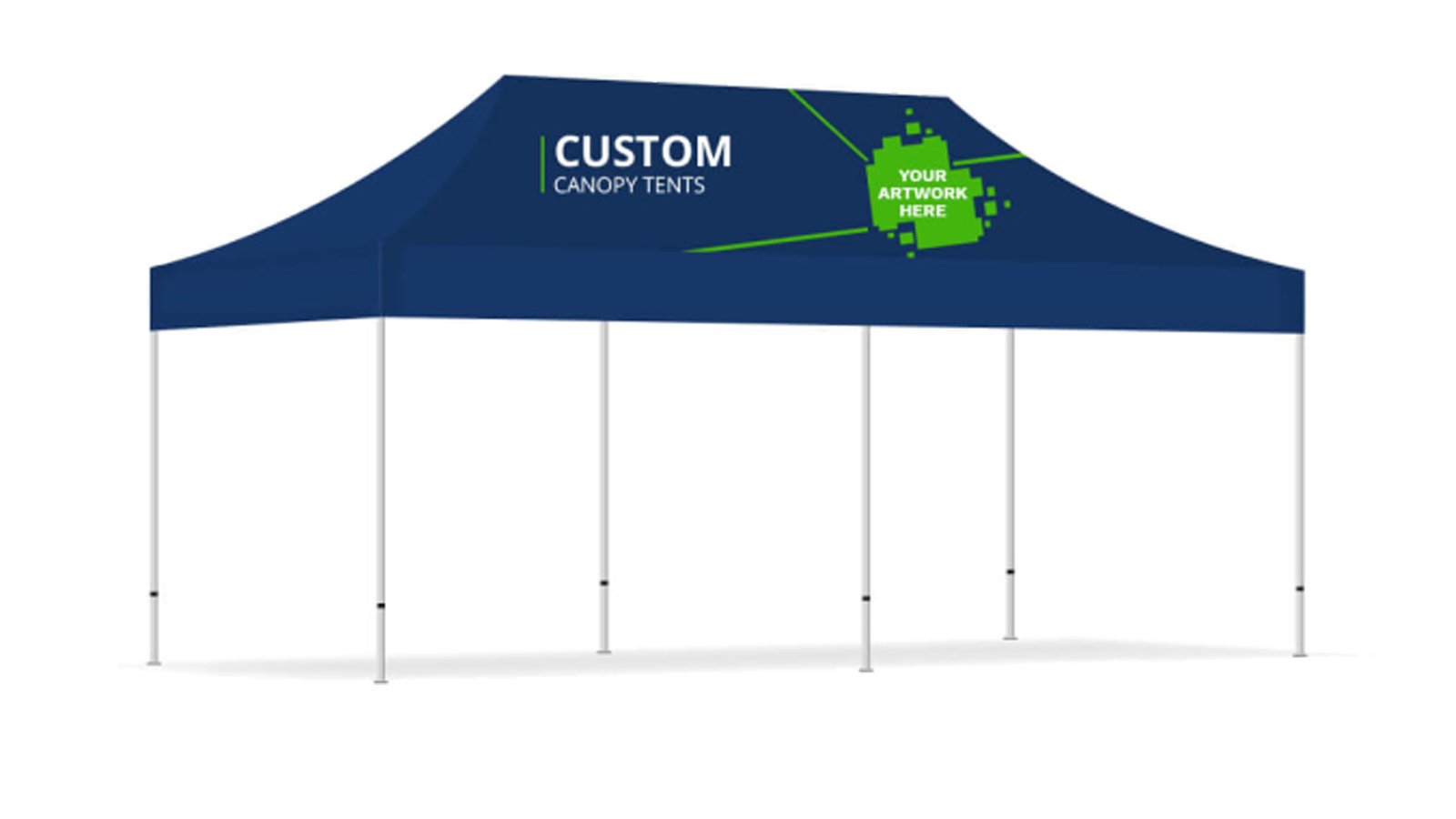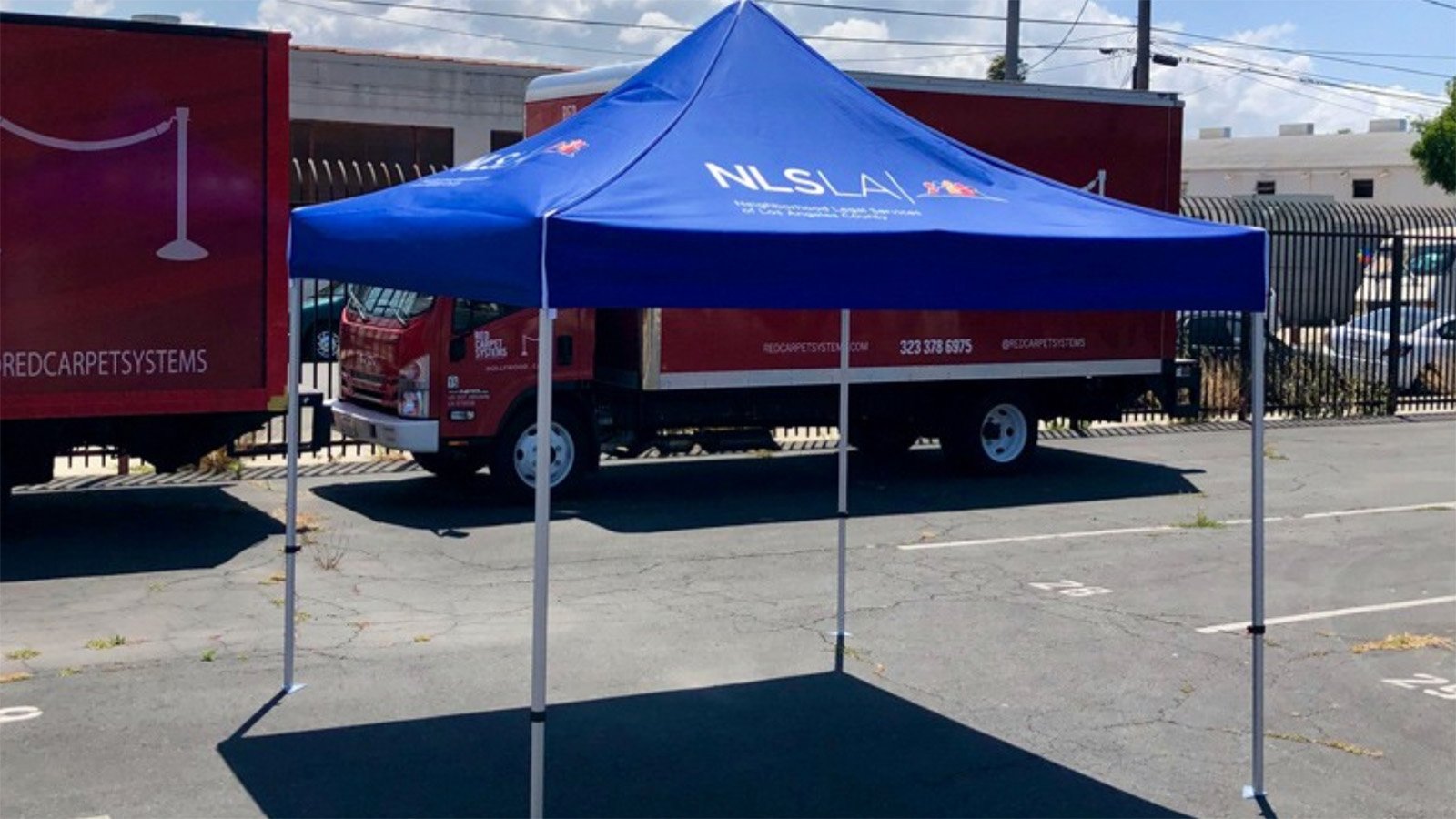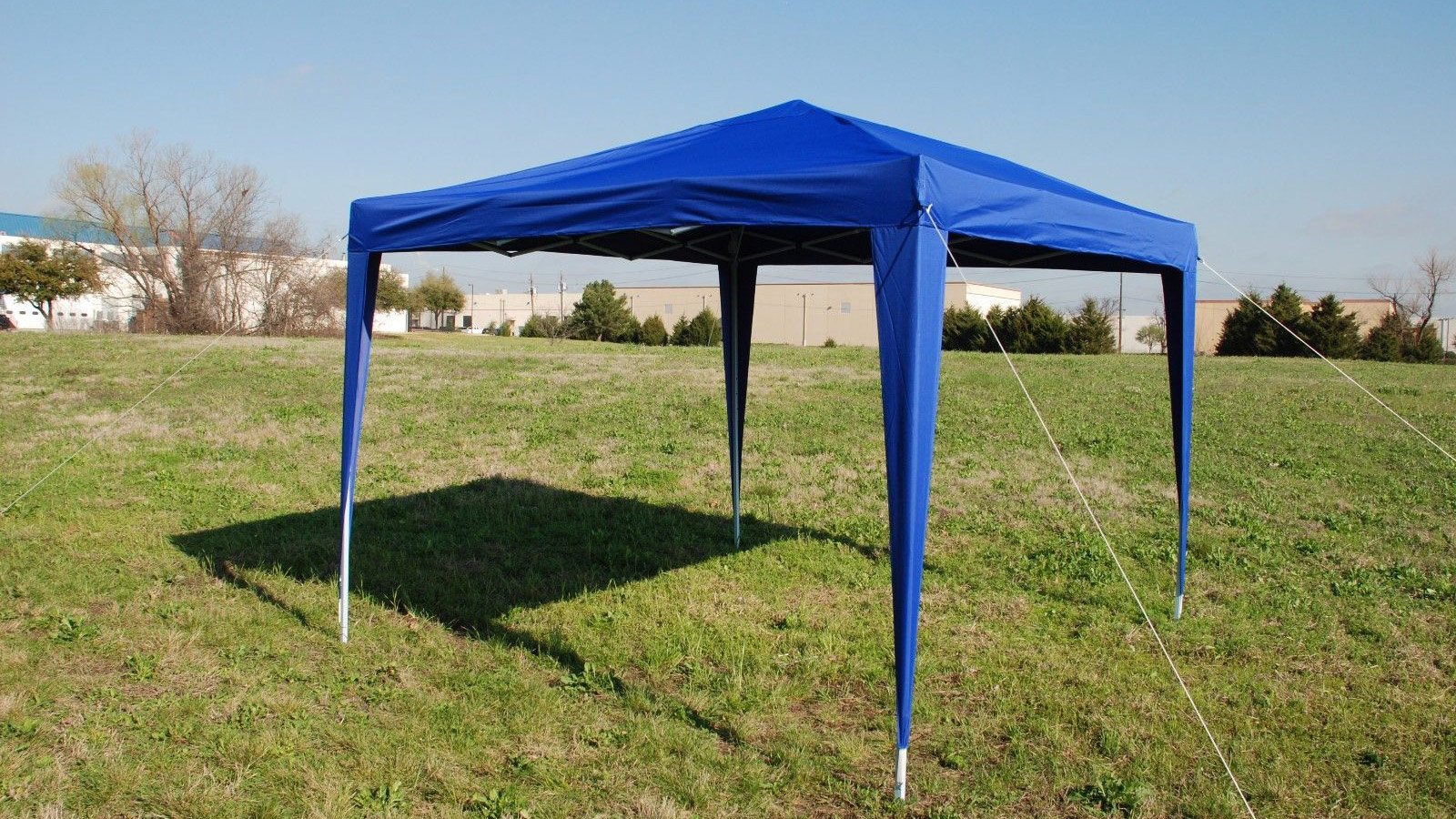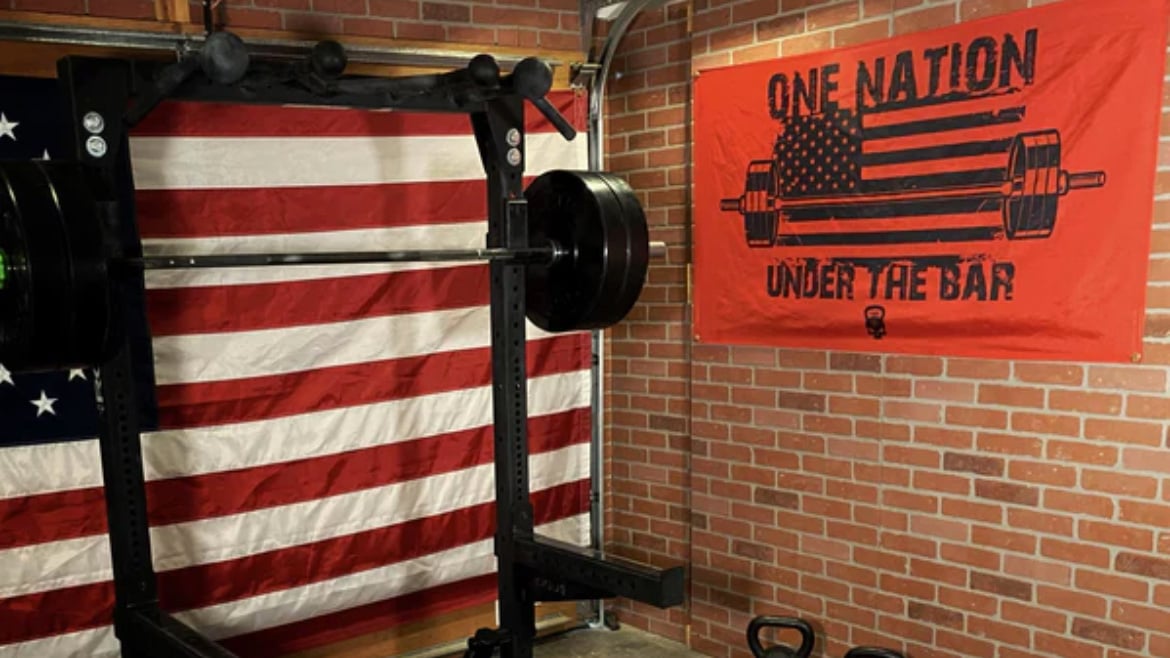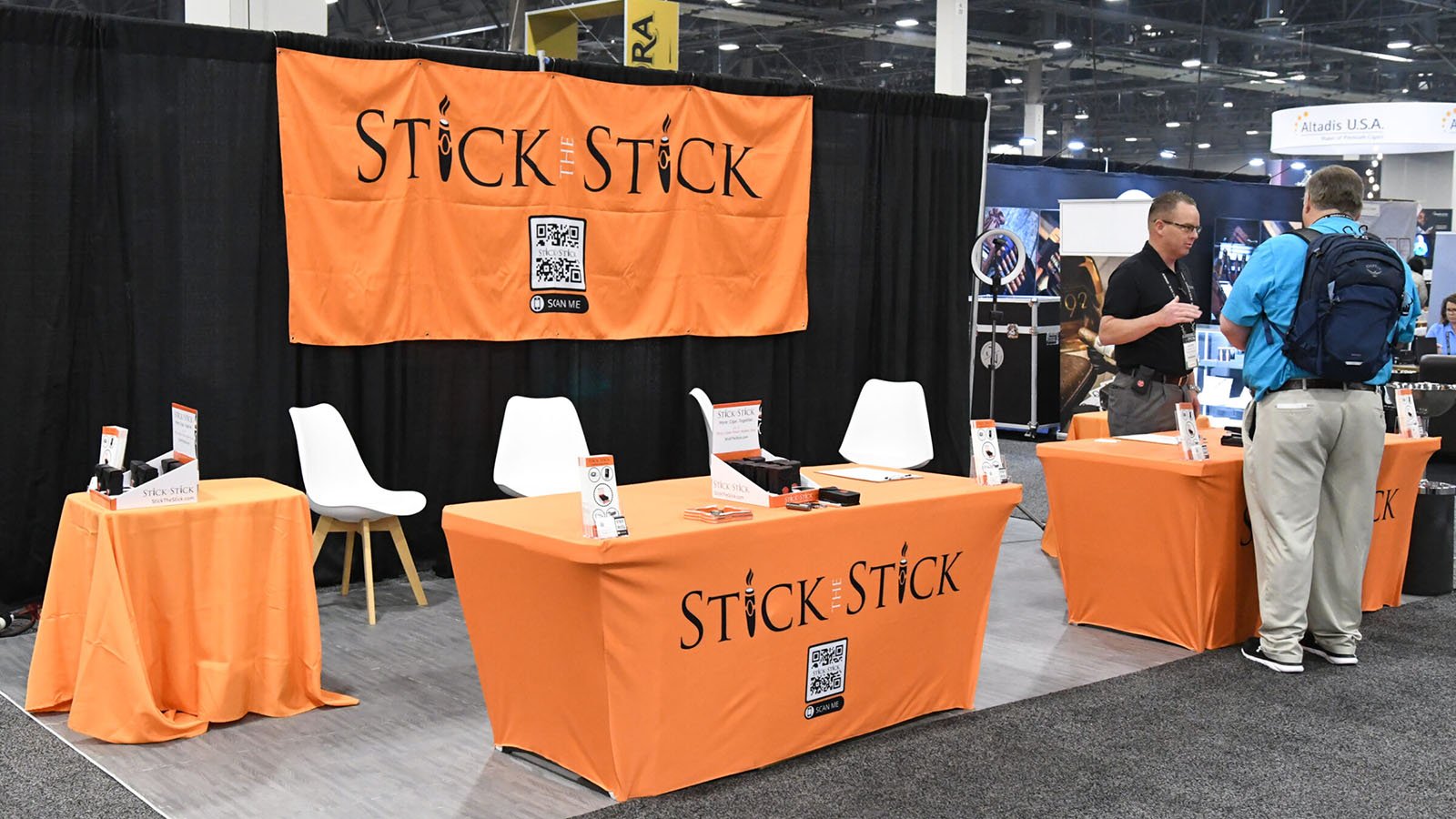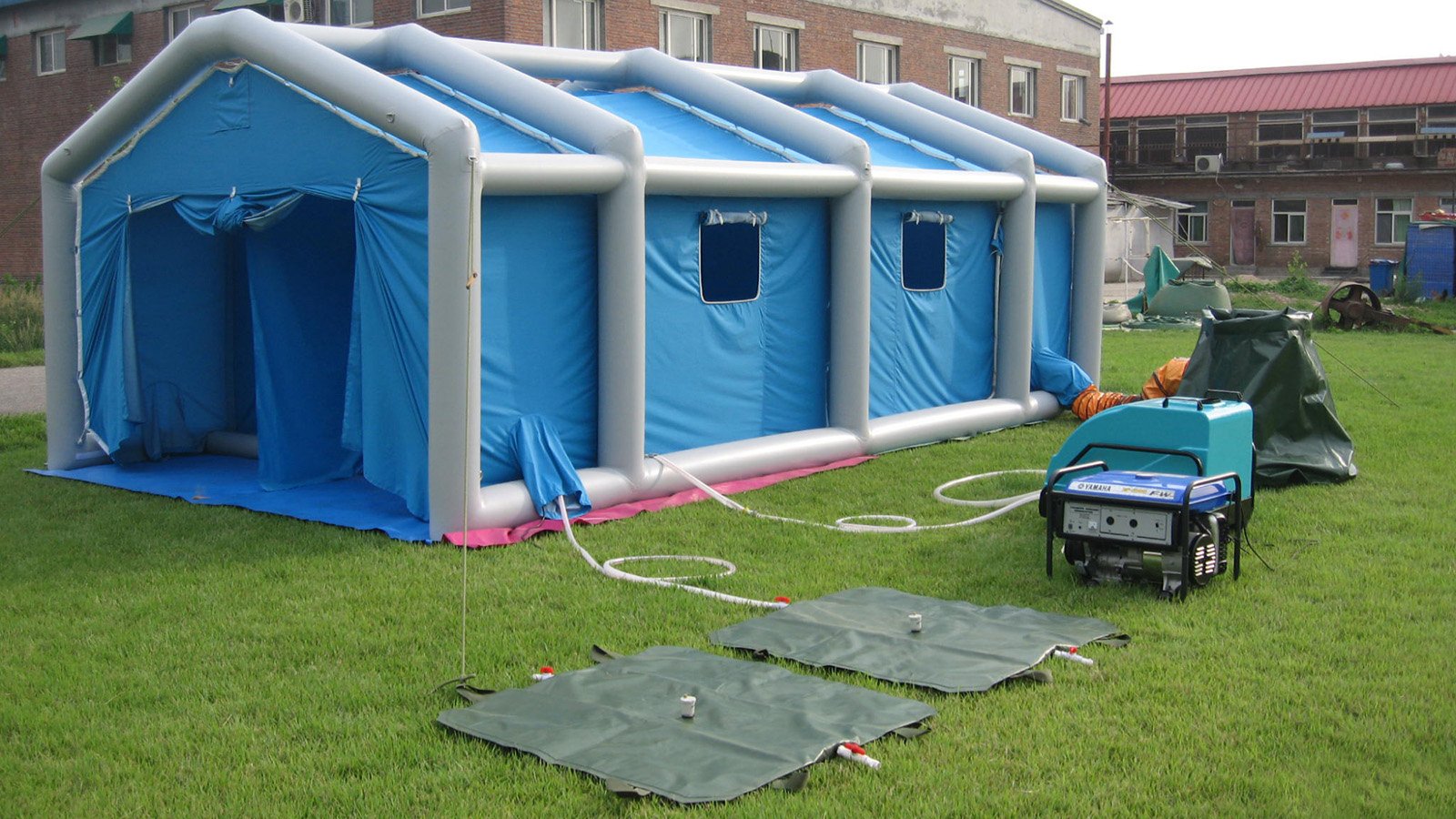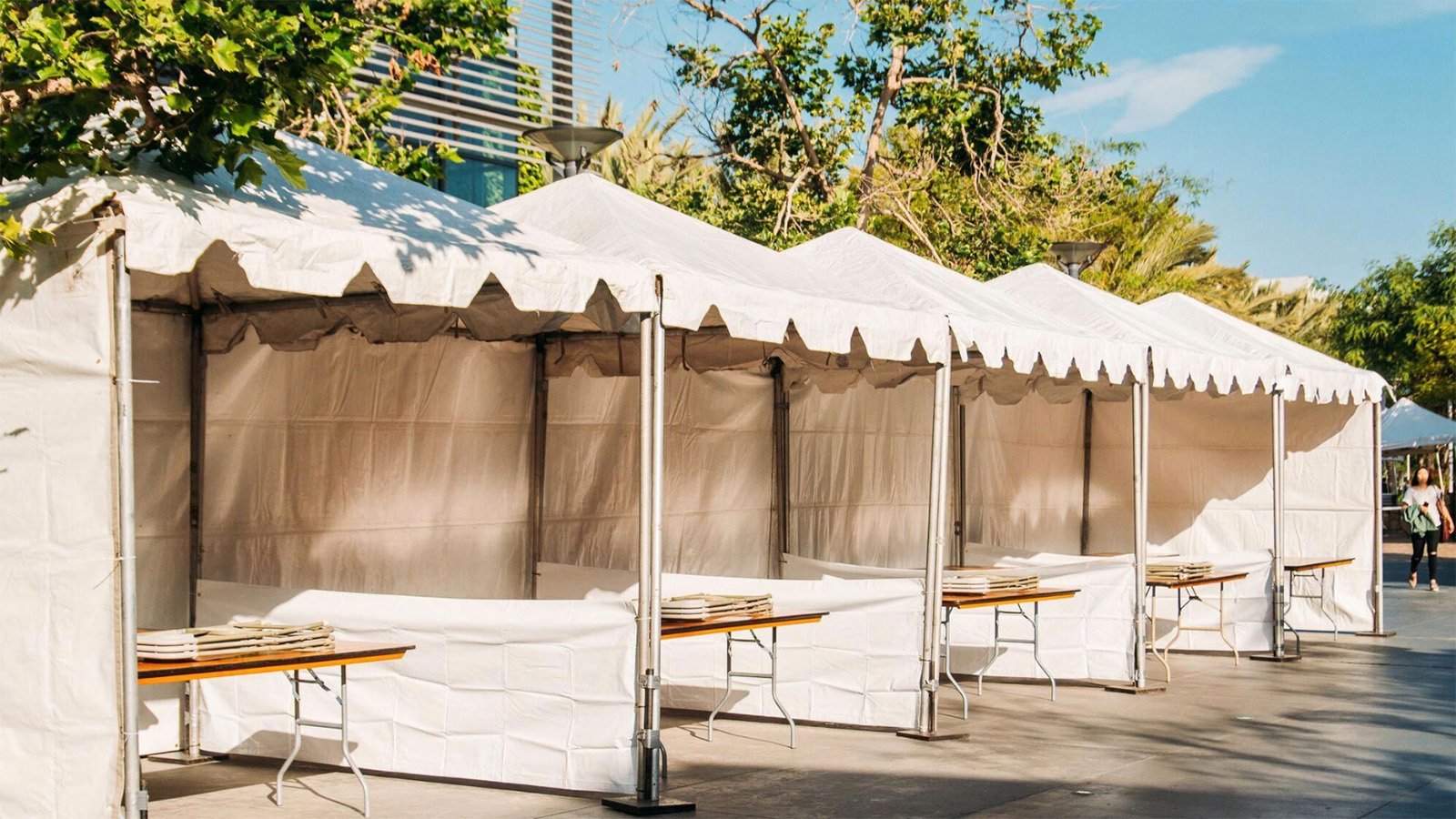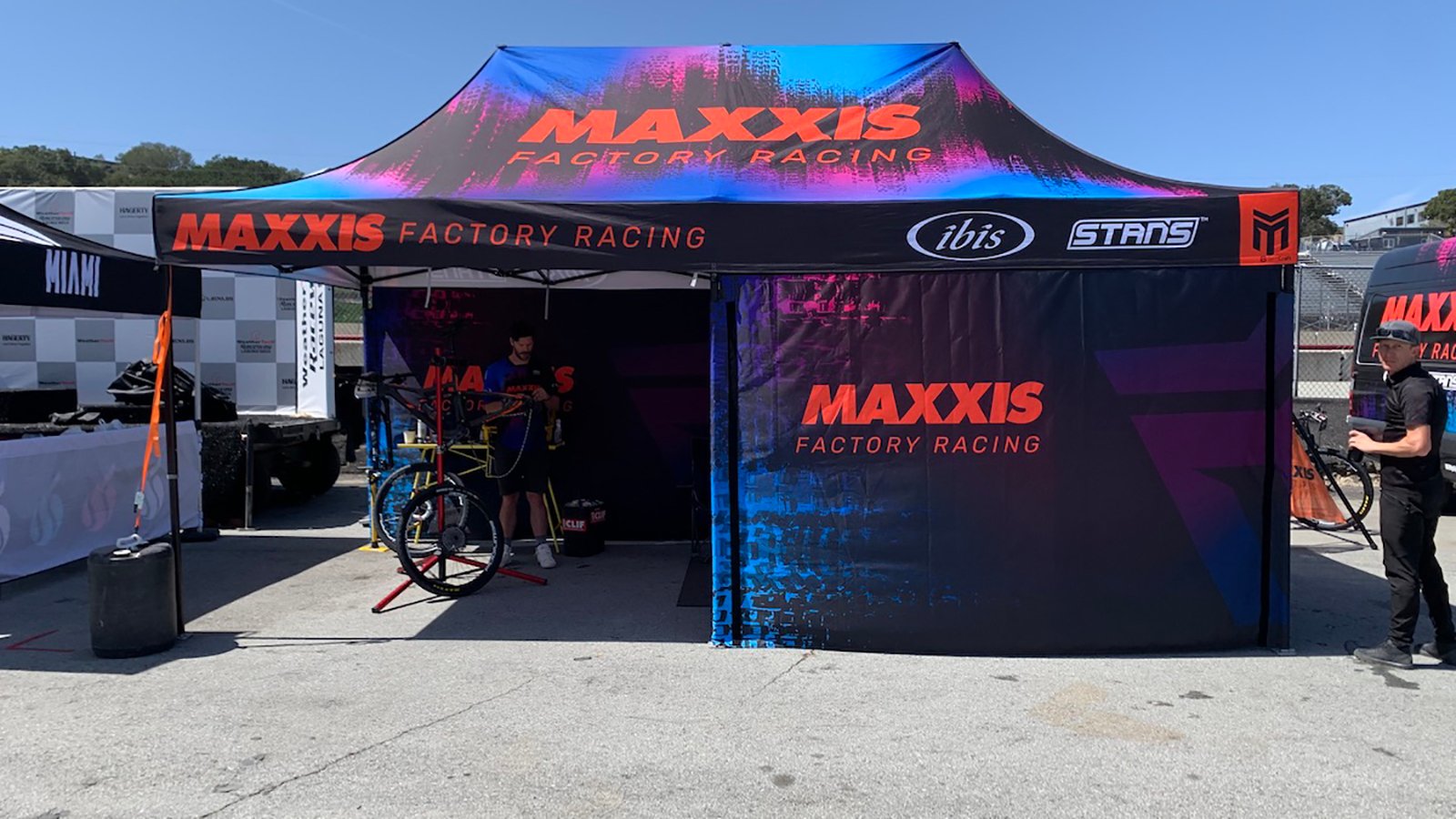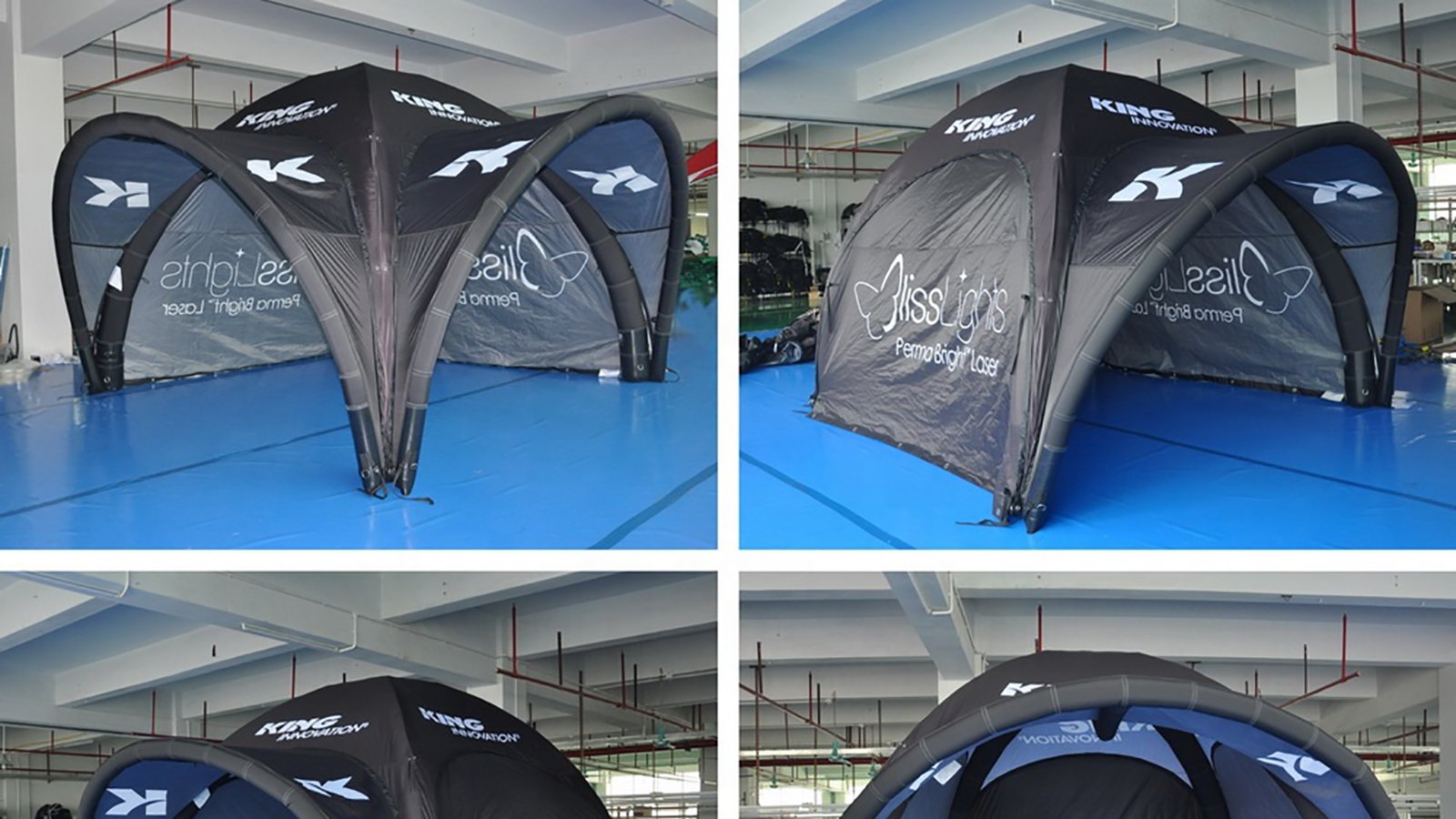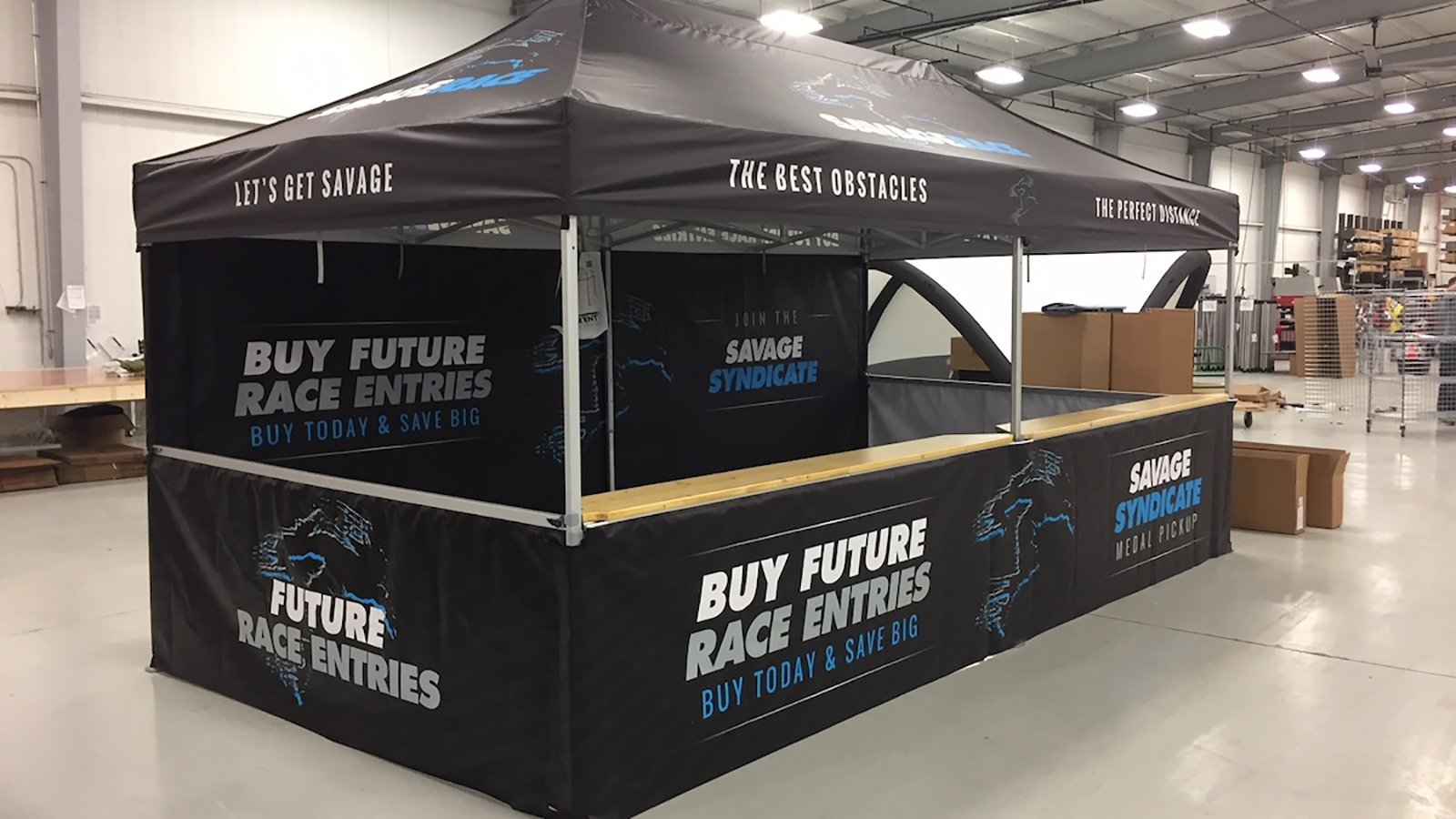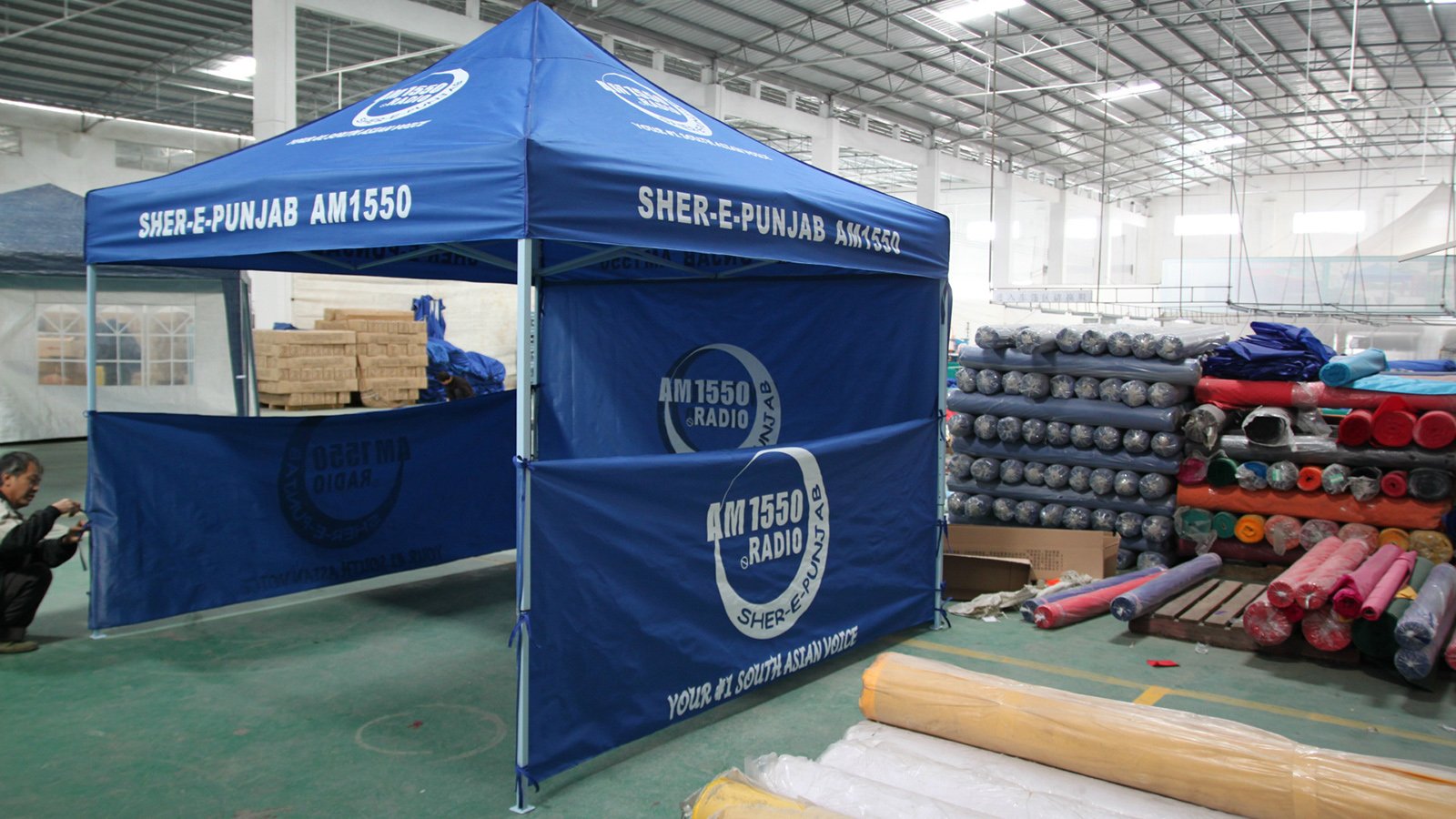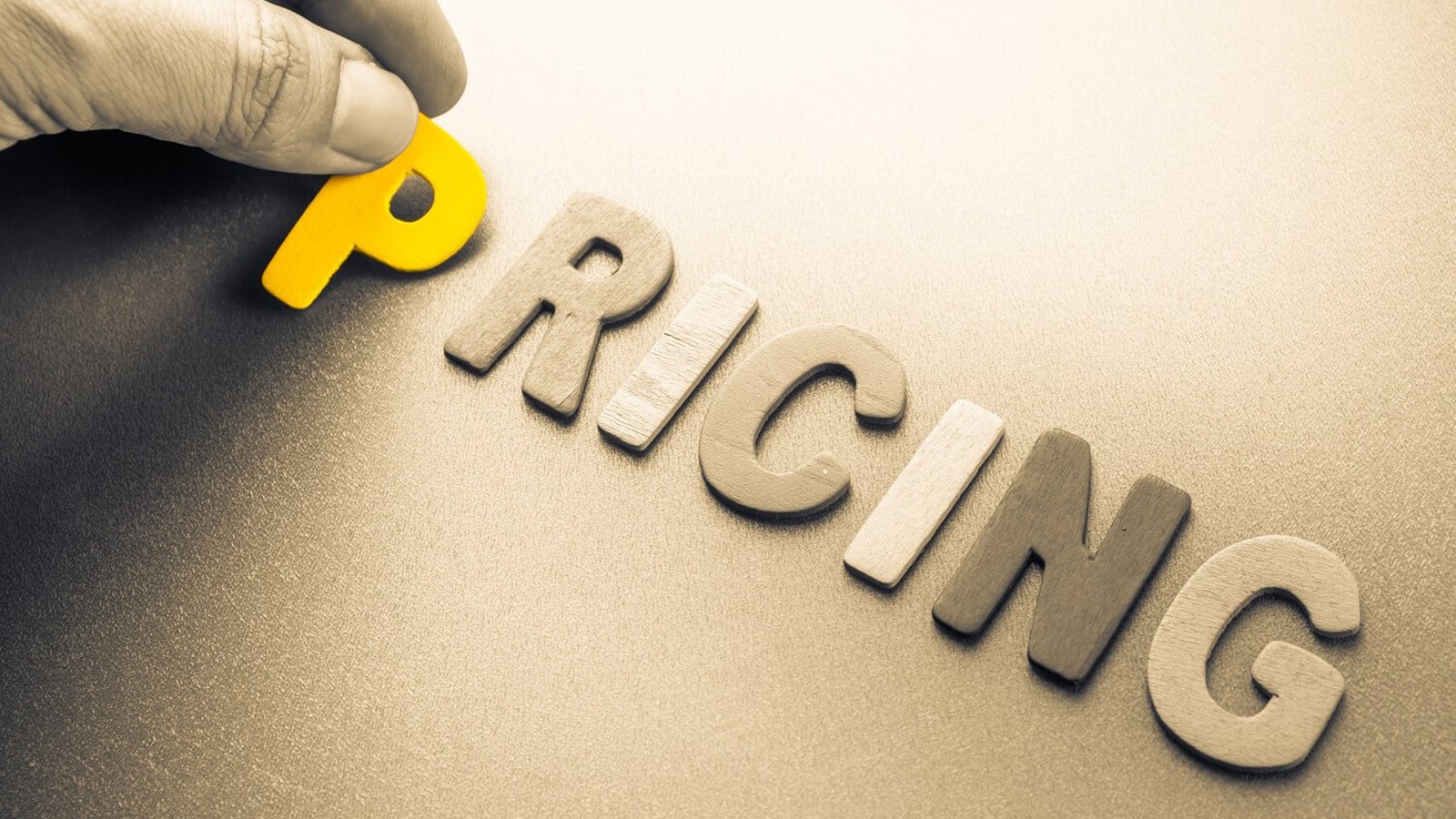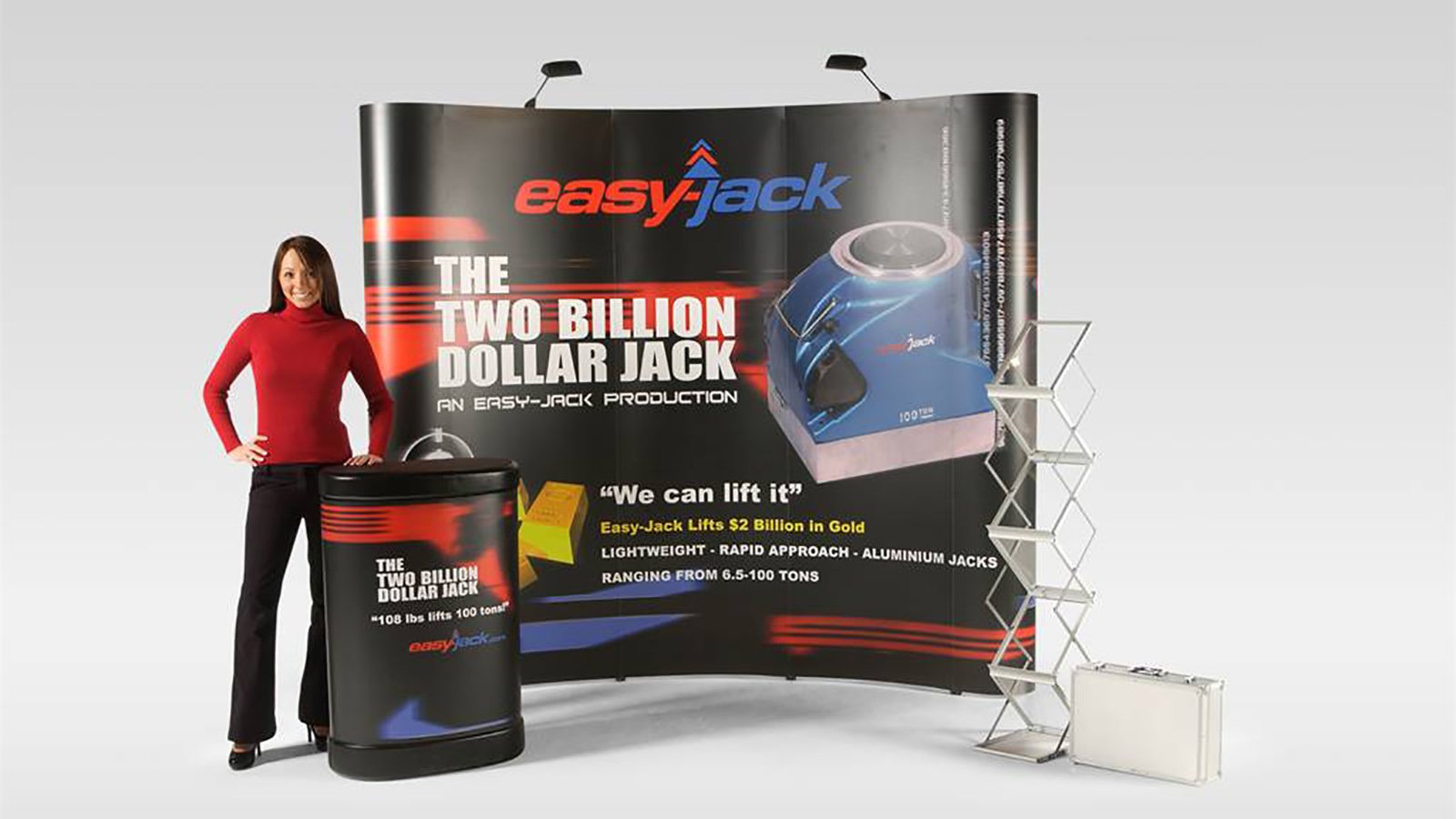Introduction
Are you a thrill-seeker who loves the ocean and has a passion for DIY projects? Look no further! In this comprehensive guide, we will take you through the exciting world of DIY electric surfboards. From the basics of how they work to step-by-step instructions on building your own, we've got you covered. Get ready to ride the waves in style with your very own DIY electric surfboard!
The Basics of Electric Surfboards
Before we dive into the nitty-gritty details of building your own DIY electric surfboard, let's first understand the basics of how these incredible machines work. Electric surfboards, also known as e-foils, are surfboards equipped with an electric propulsion system. They utilize a battery-powered motor and a hydrofoil to lift the board above the water, allowing for a smooth and exhilarating ride.
Choosing the Right Components
Building your own DIY electric surfboard starts with selecting the right components. There are several key elements you need to consider, such as the motor, battery, controller, and hydrofoil. It's crucial to choose high-quality components that are compatible with each other to ensure optimal performance and safety.
Designing Your Electric Surfboard
When it comes to designing your DIY electric surfboard, the possibilities are endless. You can choose to build a traditional surfboard shape or experiment with a more futuristic design. Keep in mind the weight distribution, stability, and overall aerodynamics of the board to ensure a thrilling and stable ride.
Assembling the Electrical System
The heart of your DIY electric surfboard lies in its electrical system. This includes connecting the motor, battery, and controller to ensure proper functionality. It's essential to follow the manufacturer's instructions carefully and take safety precautions when working with electricity. Remember, safety should always be your top priority.
Building the Hydrofoil
The hydrofoil is what sets electric surfboards apart from traditional ones. It's responsible for lifting the board off the water and providing a smooth and efficient ride. Building the hydrofoil requires precision and attention to detail. You'll need to shape the foil, attach it to the board, and ensure proper alignment for optimal performance.
Waterproofing and Sealing
Since your DIY electric surfboard will be exposed to water, it's crucial to take the necessary steps to waterproof and seal all the electrical components. This will protect them from moisture and ensure the longevity of your surfboard. Using waterproof connectors, sealants, and protective coatings will help keep your board in excellent condition for many rides to come.
Testing and Troubleshooting
Before hitting the waves, it's important to thoroughly test your DIY electric surfboard and troubleshoot any potential issues. Conducting a series of test runs in a controlled environment will allow you to identify any performance or safety concerns. Make sure to double-check all connections, test the battery life, and ensure the motor is running smoothly.
Safety Tips for Riding
Riding an electric surfboard can be an exhilarating experience, but it's crucial to prioritize safety. Always wear a properly fitted life jacket and a helmet. Familiarize yourself with local regulations and surf in designated areas. Additionally, be aware of your surroundings and other water users. Remember, safety is key to enjoying your DIY electric surfboard to the fullest.
Maintenance and Care
To keep your DIY electric surfboard in top shape, regular maintenance and care are essential. Rinse your board with fresh water after each use to remove any salt or sand. Check all electrical connections periodically and inspect the hydrofoil for any signs of wear or damage. By taking care of your surfboard, you'll ensure its longevity and continued performance.
Conclusion
Building your own DIY electric surfboard is a rewarding and thrilling experience. From understanding the basics to designing, assembling, and testing, you now have the knowledge to embark on this exciting project. Remember to prioritize safety, choose high-quality components, and enjoy the process. Before you know it, you'll be riding the waves like a pro with your very own DIY electric surfboard!



